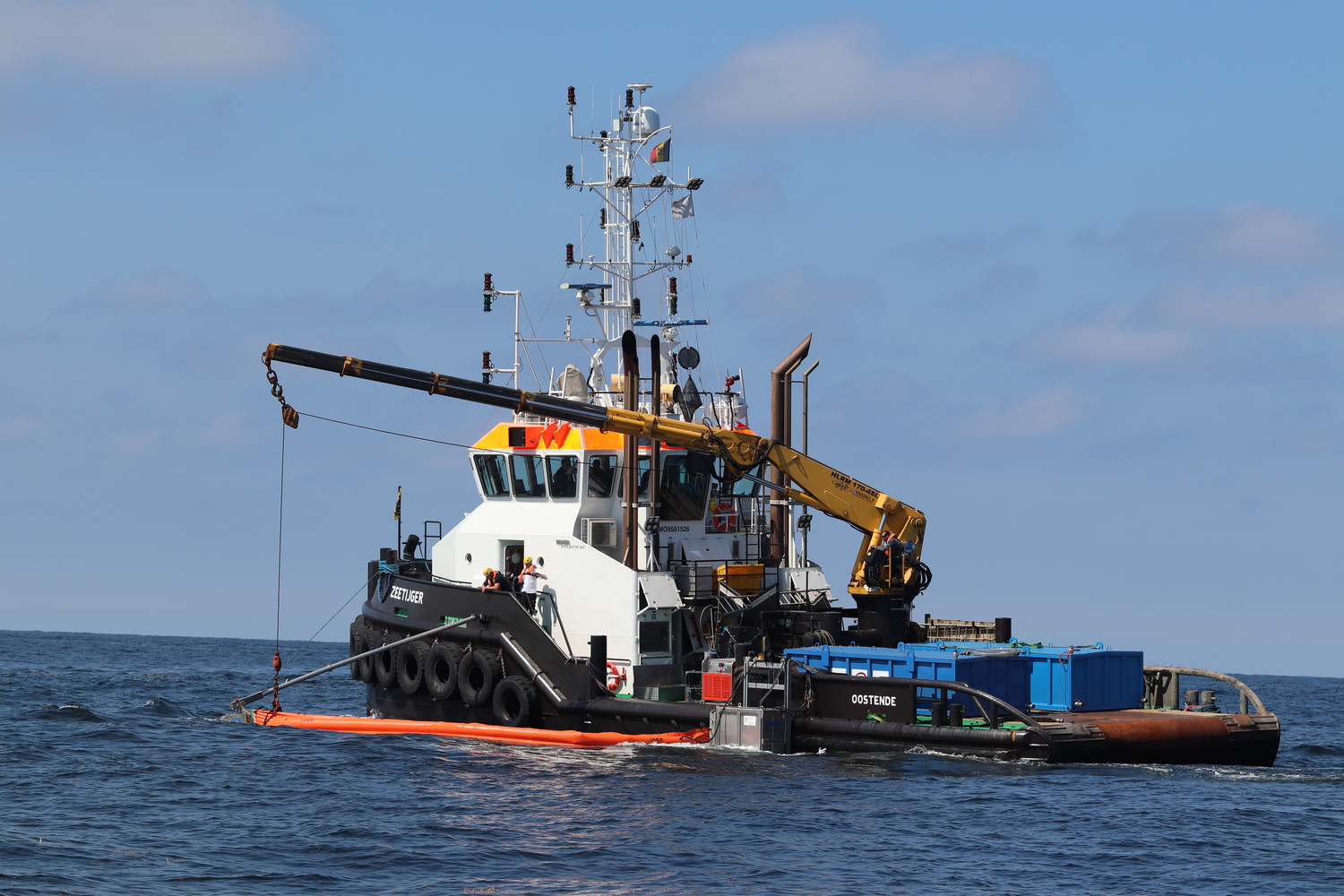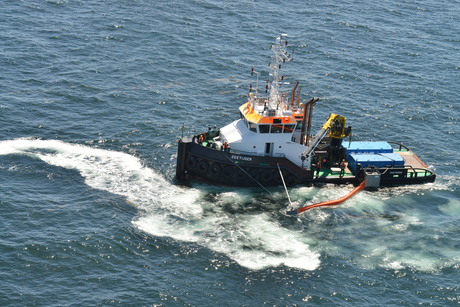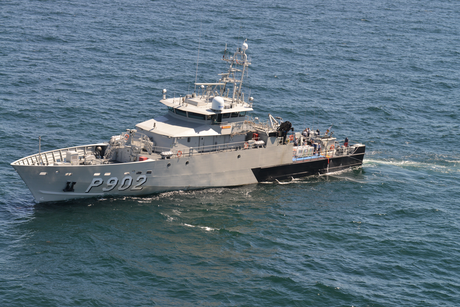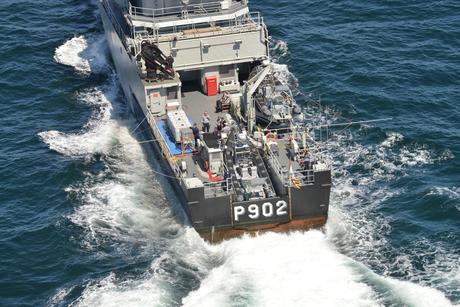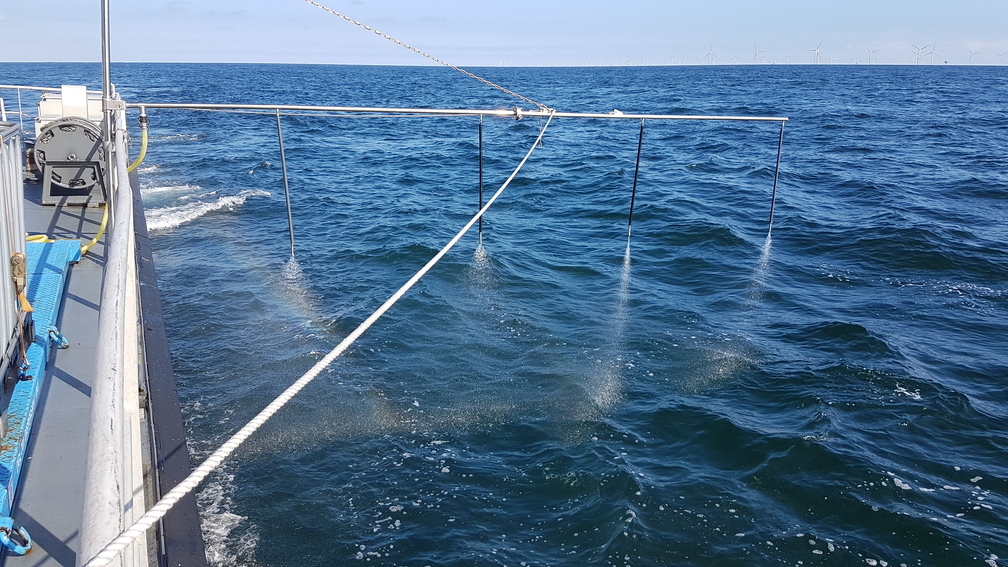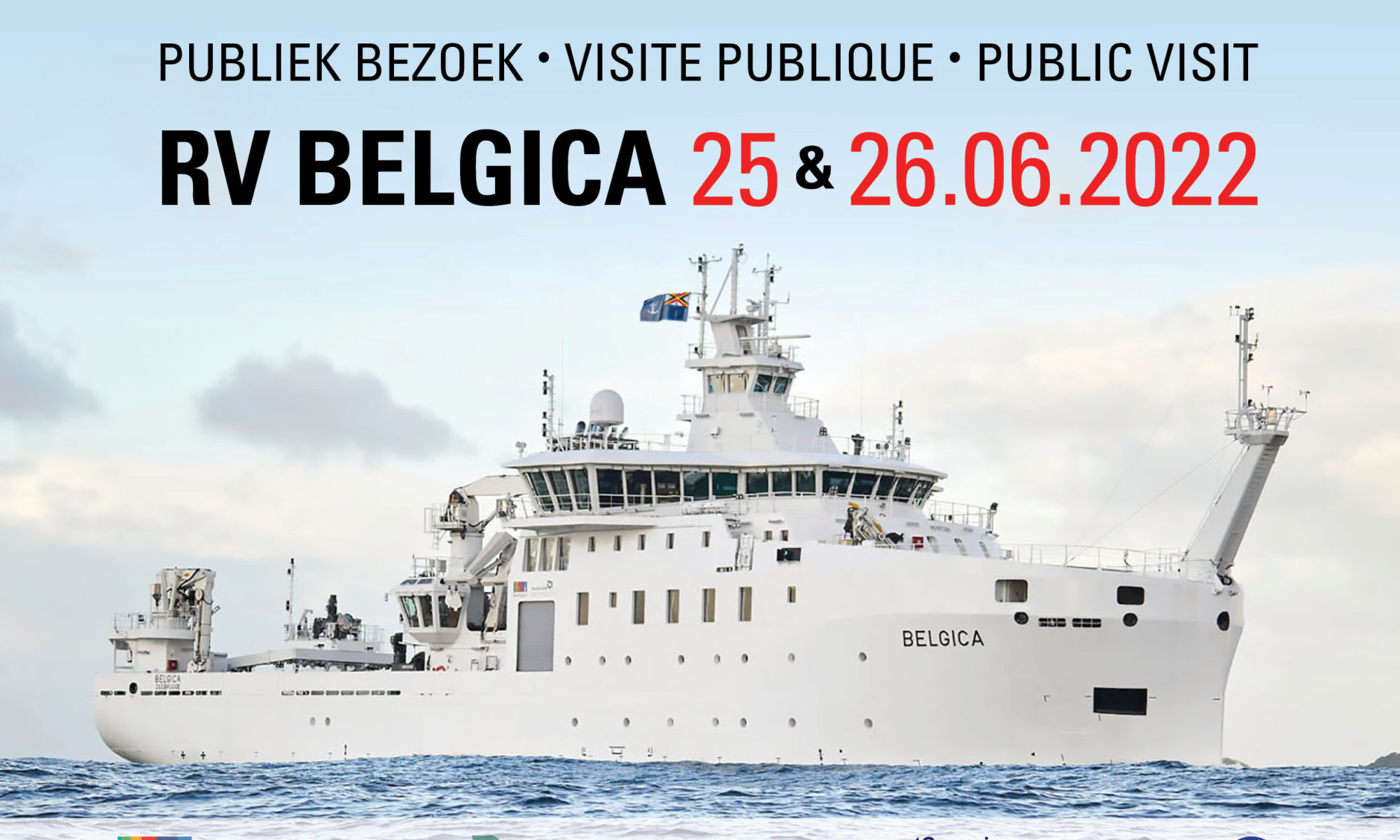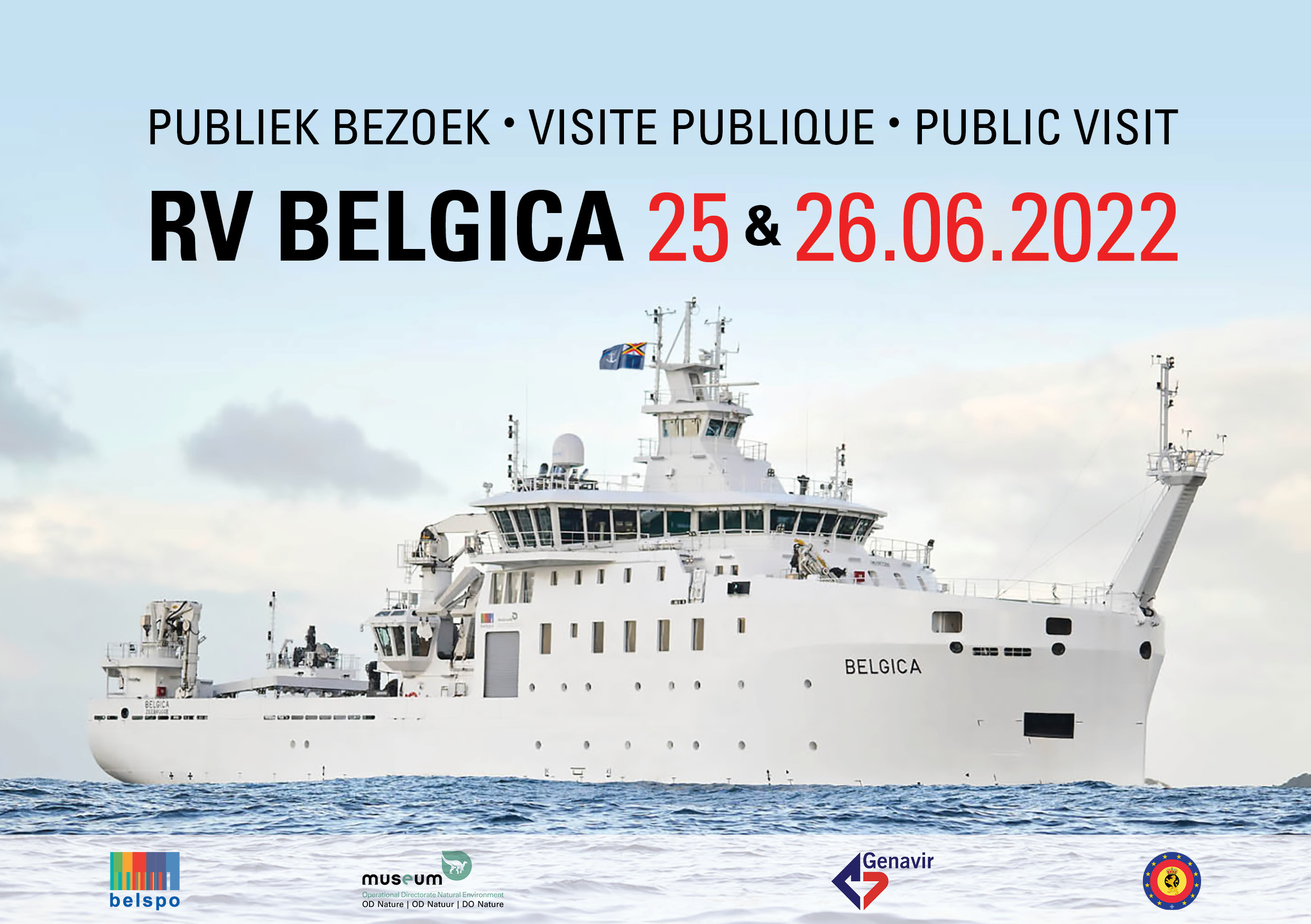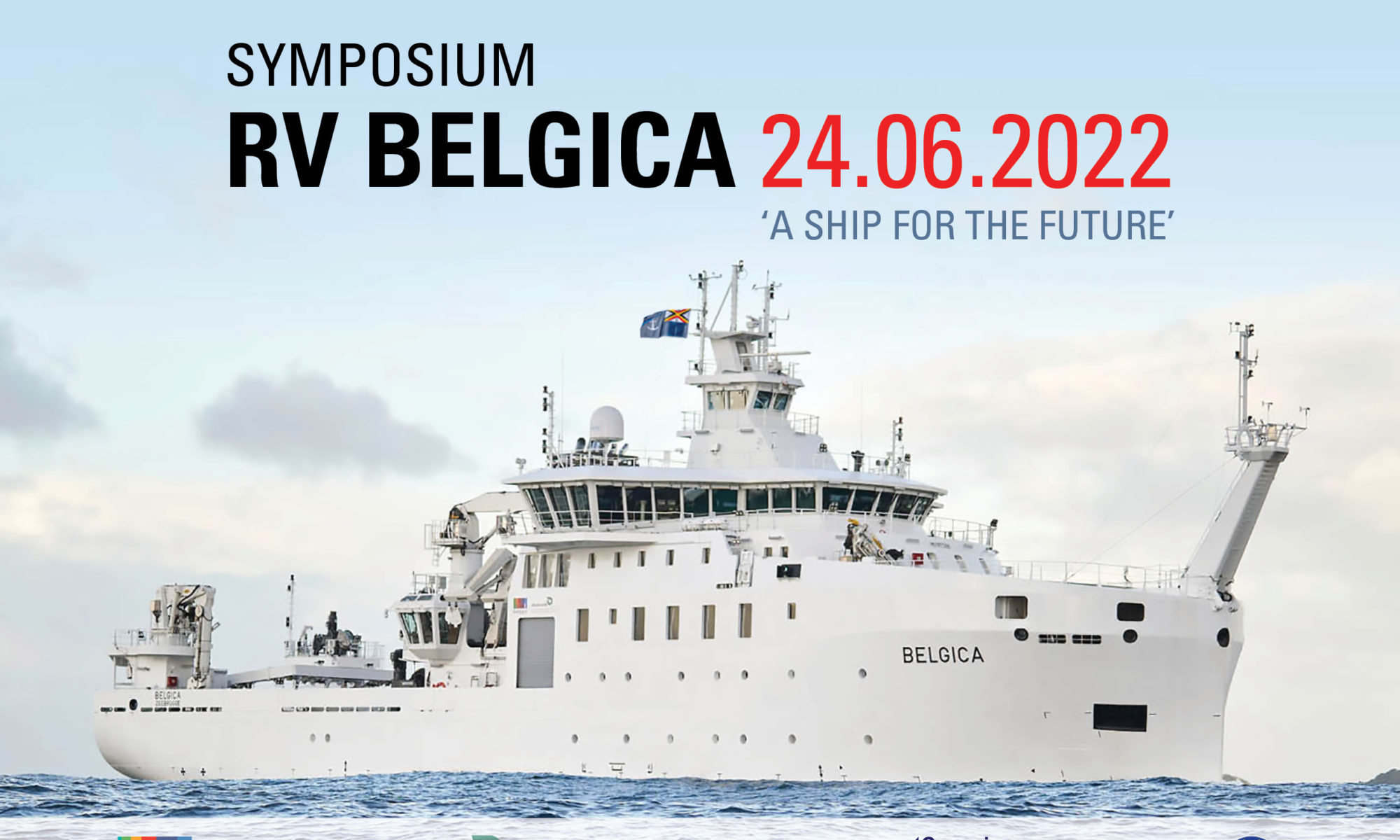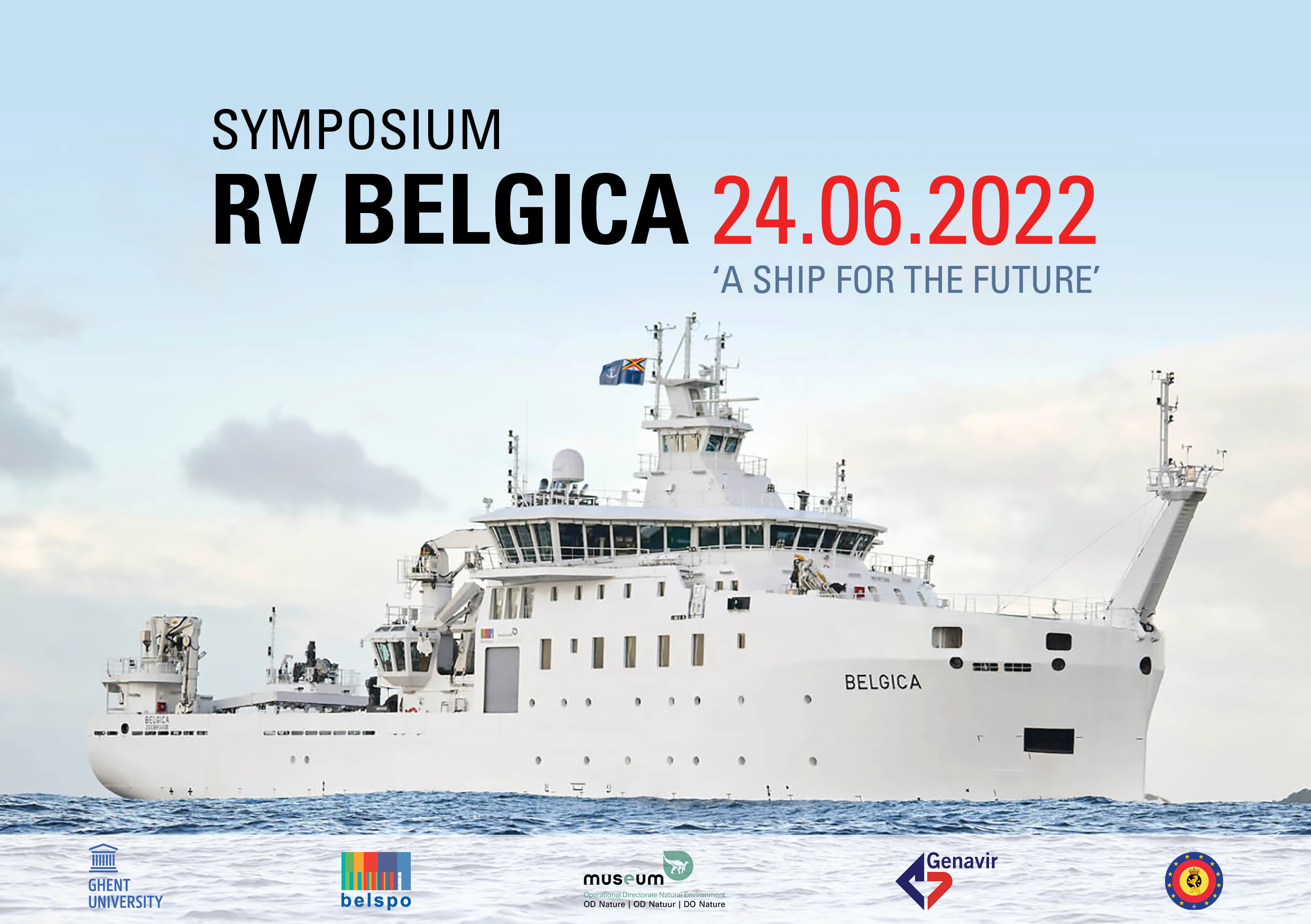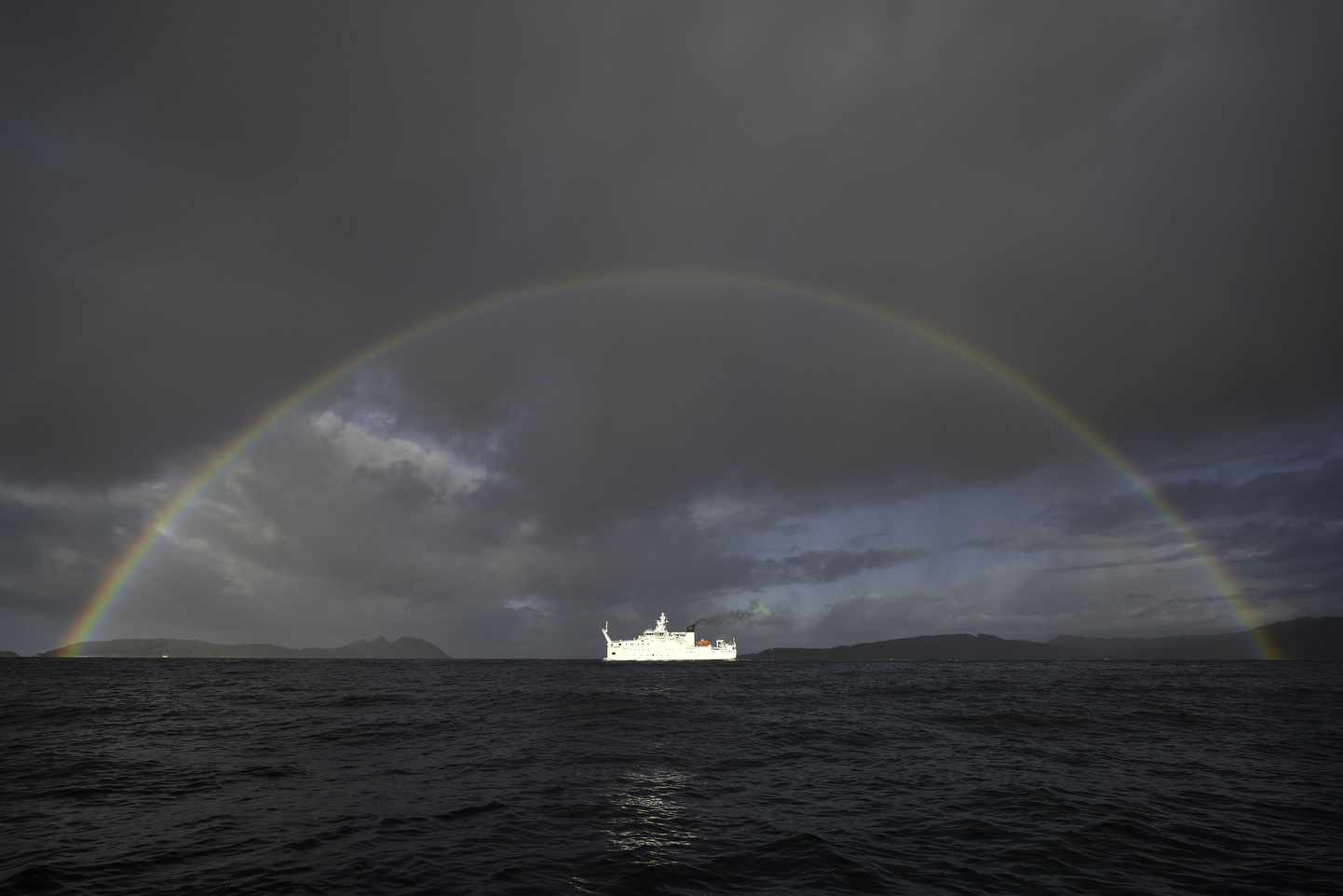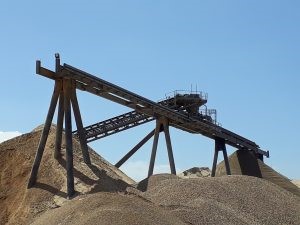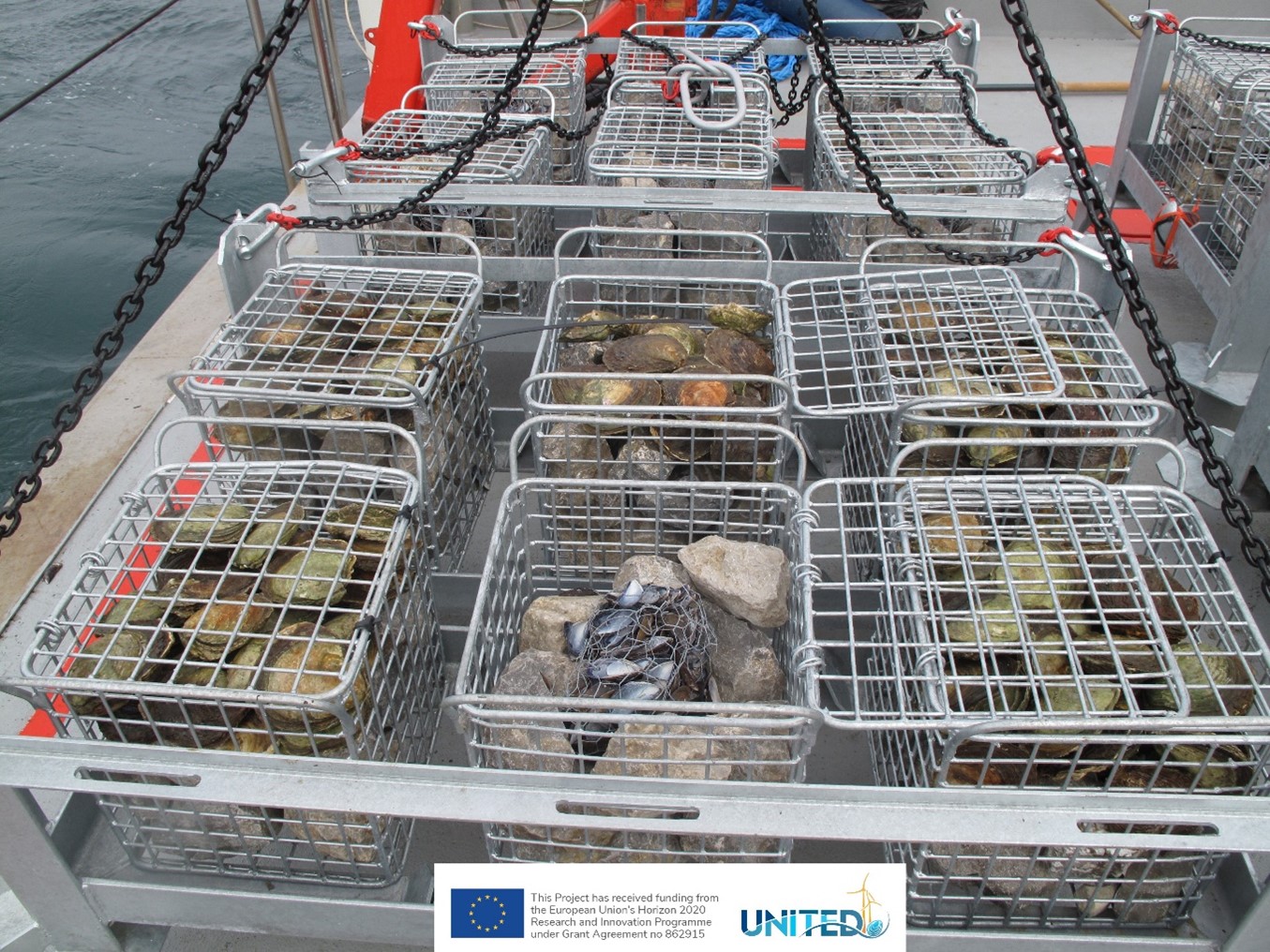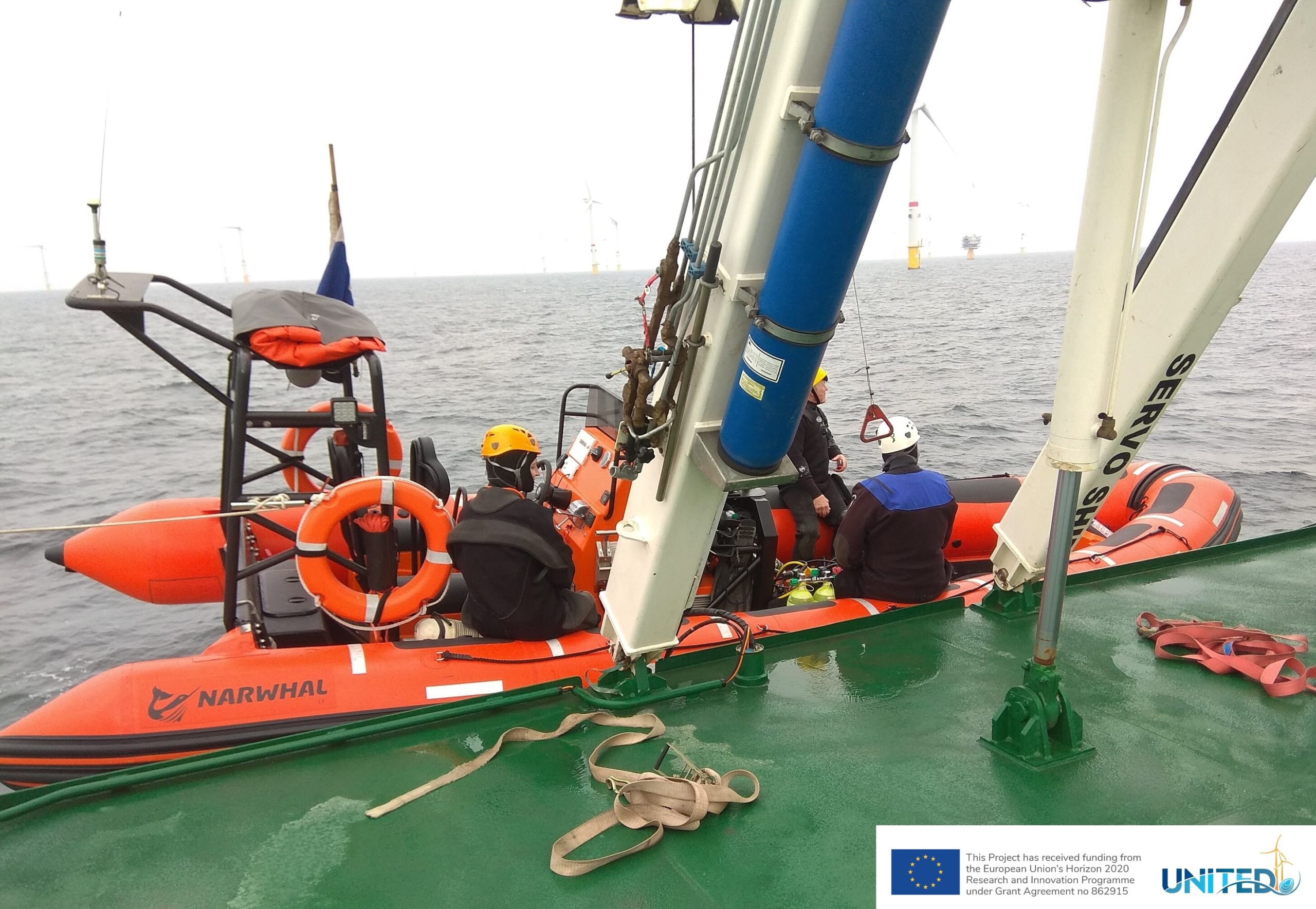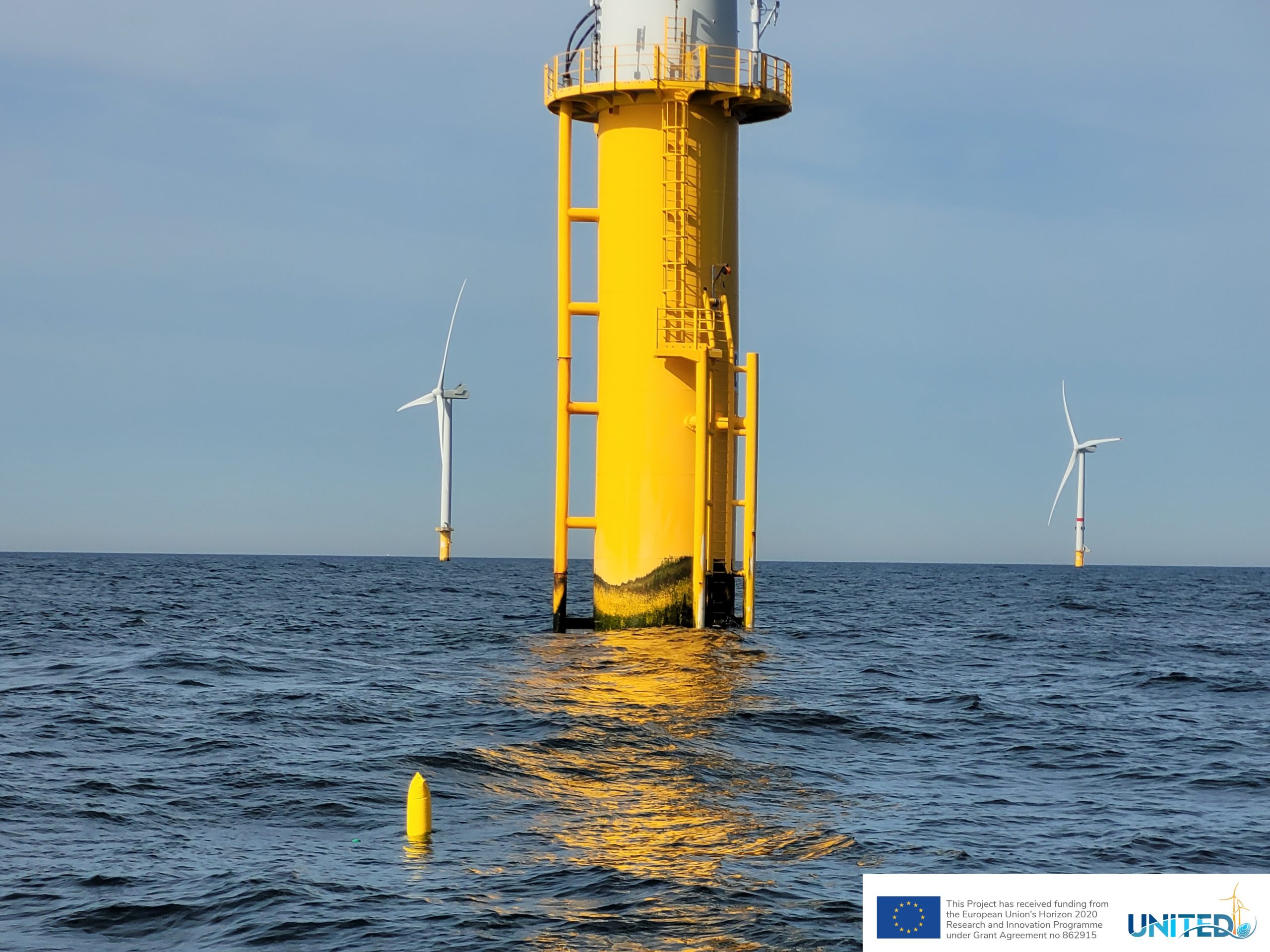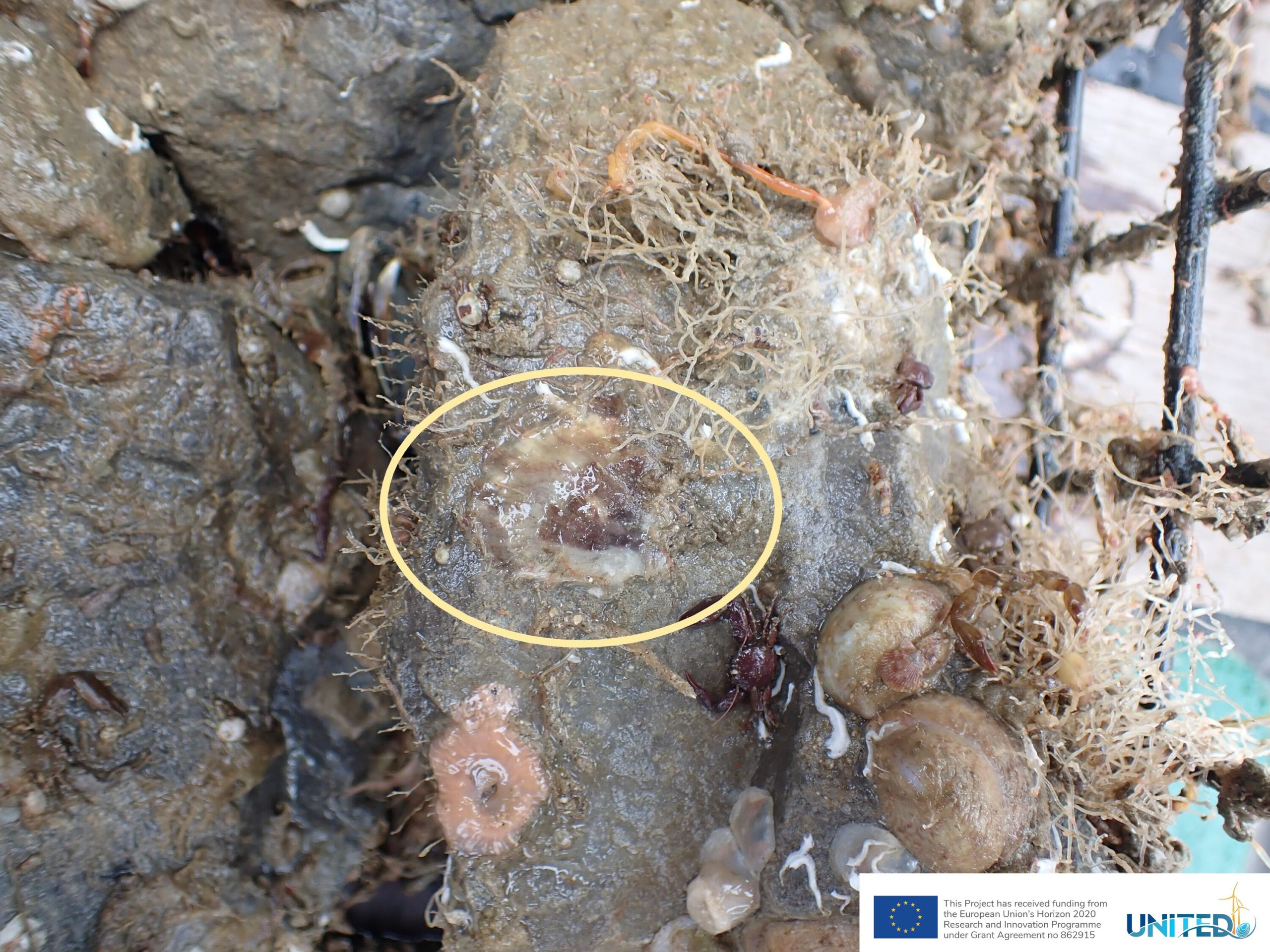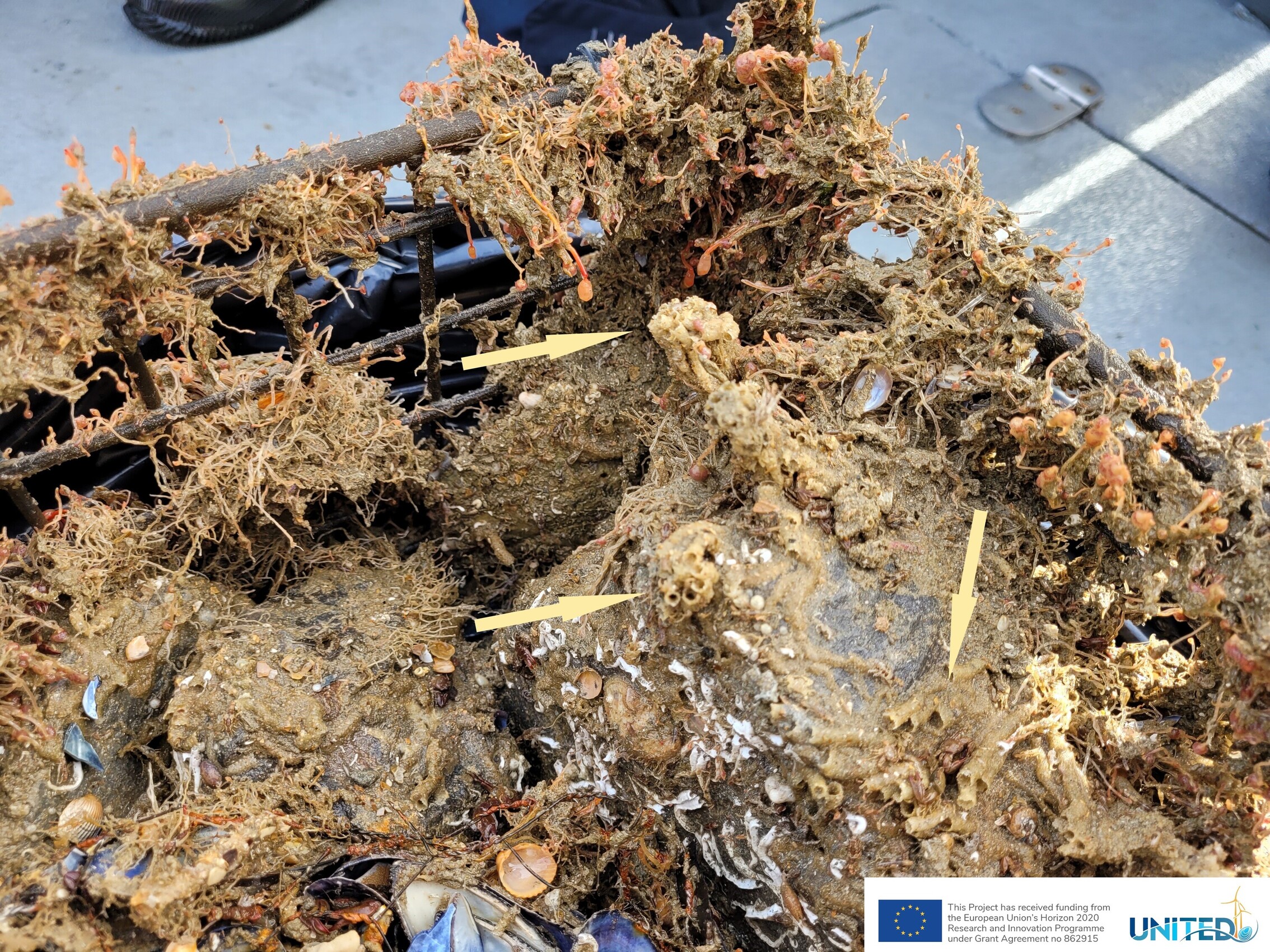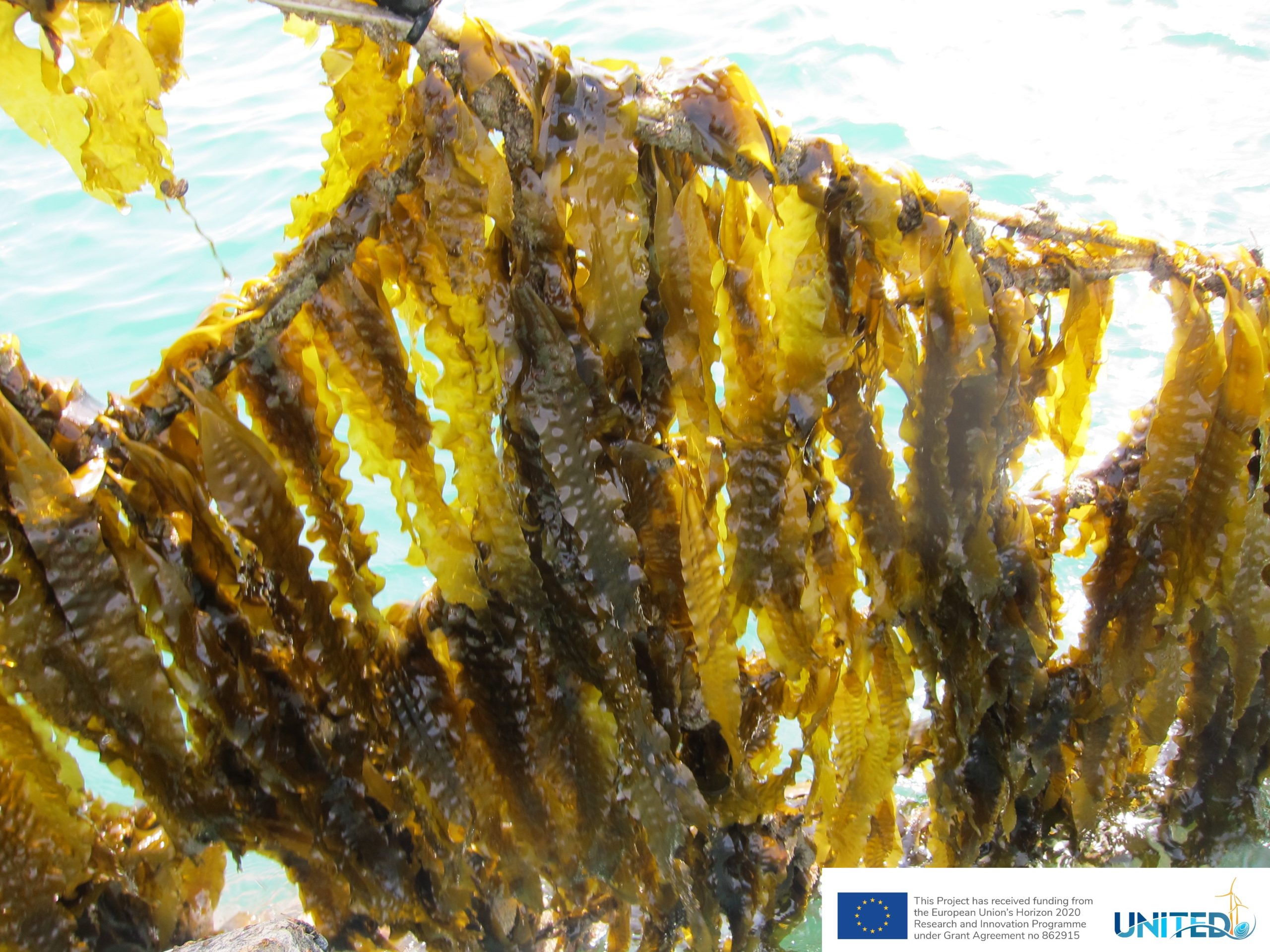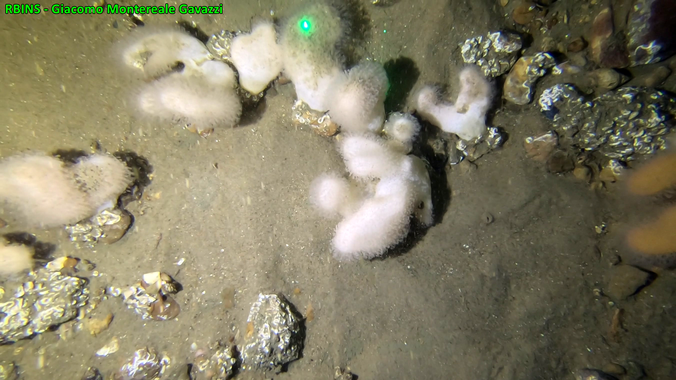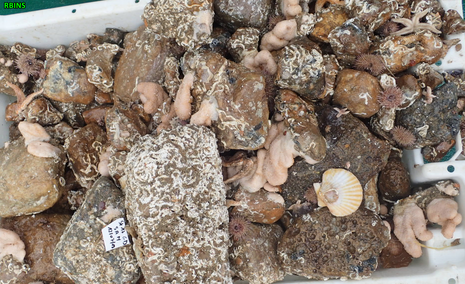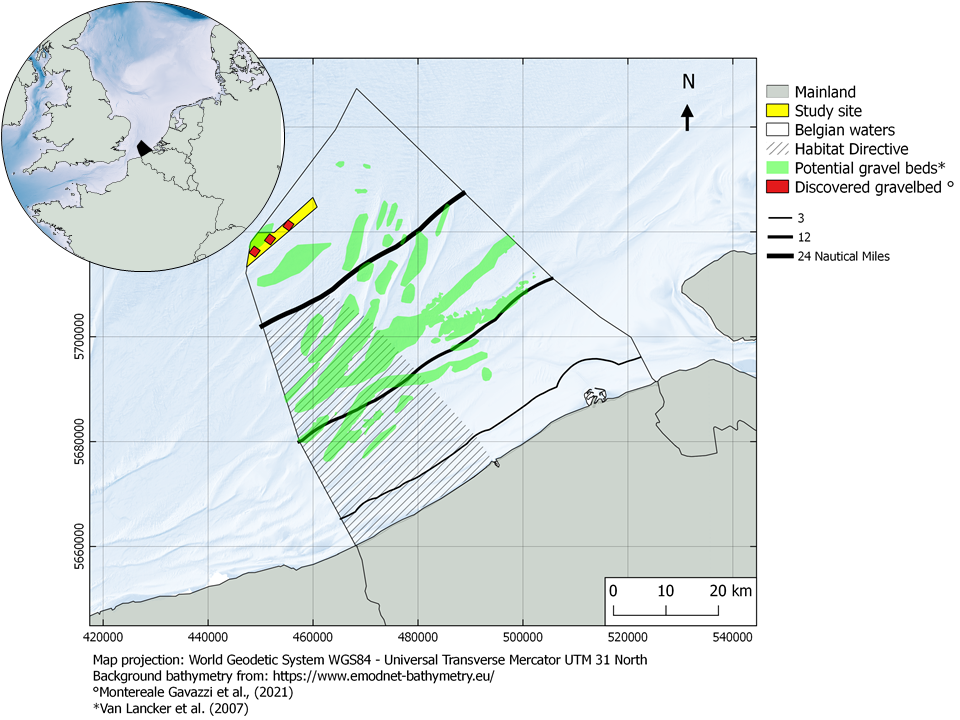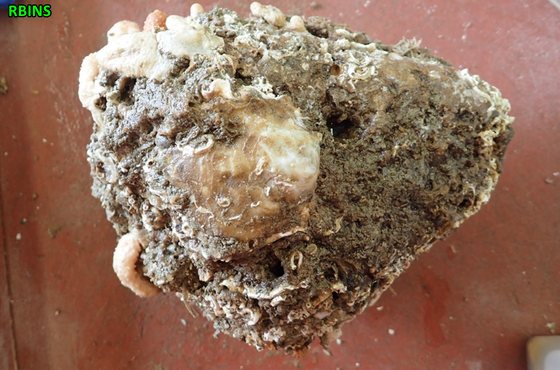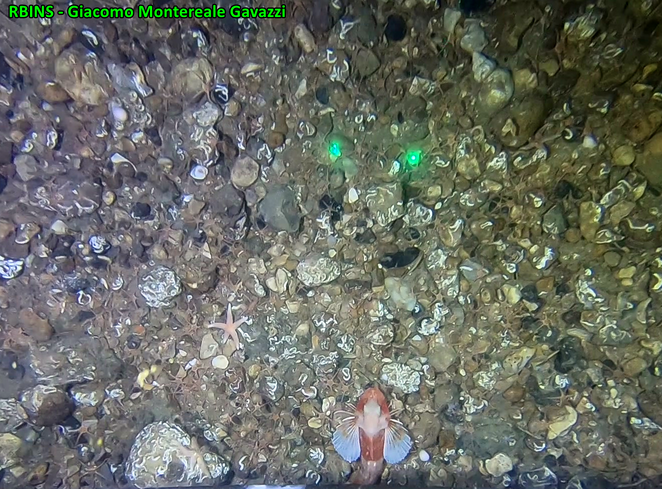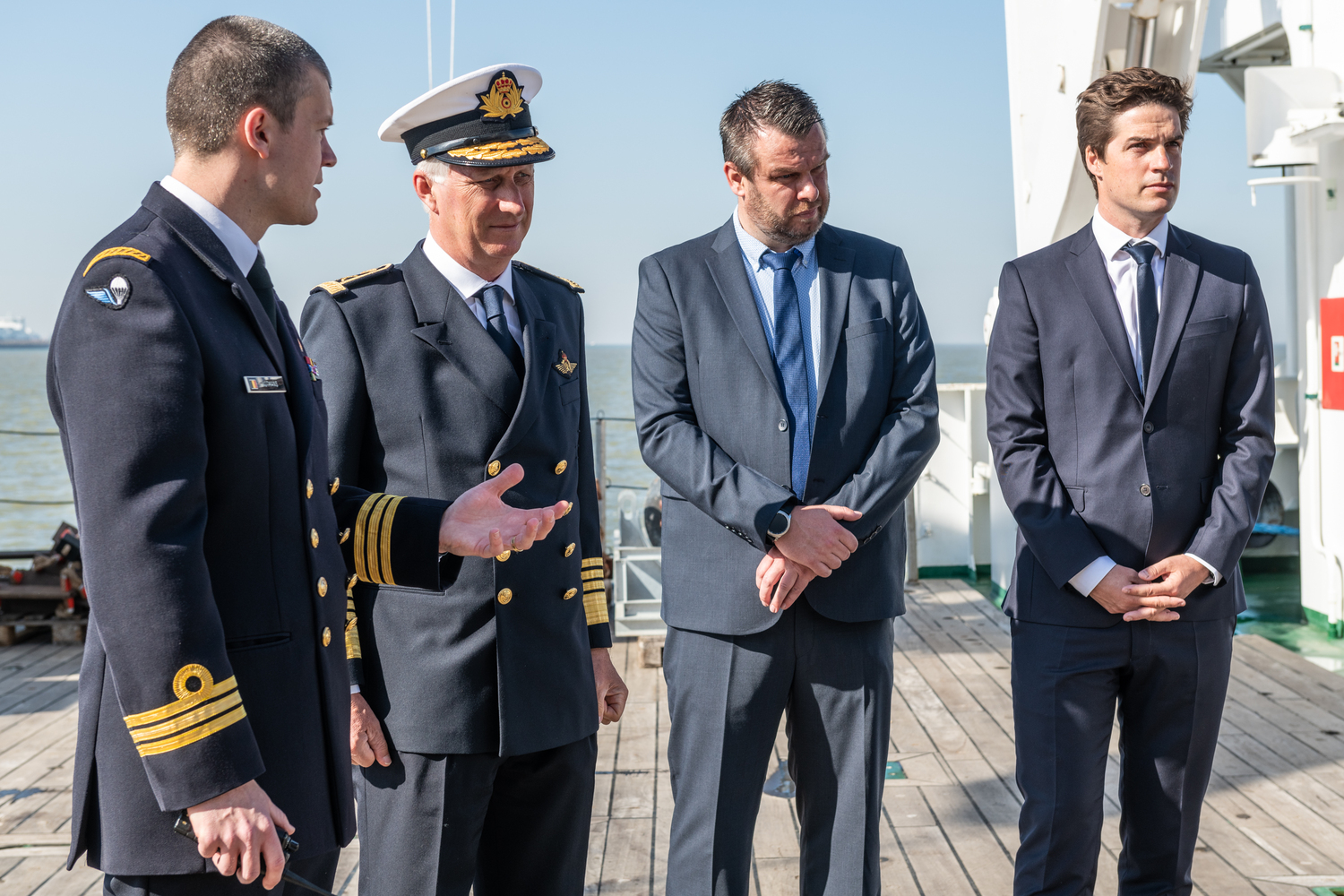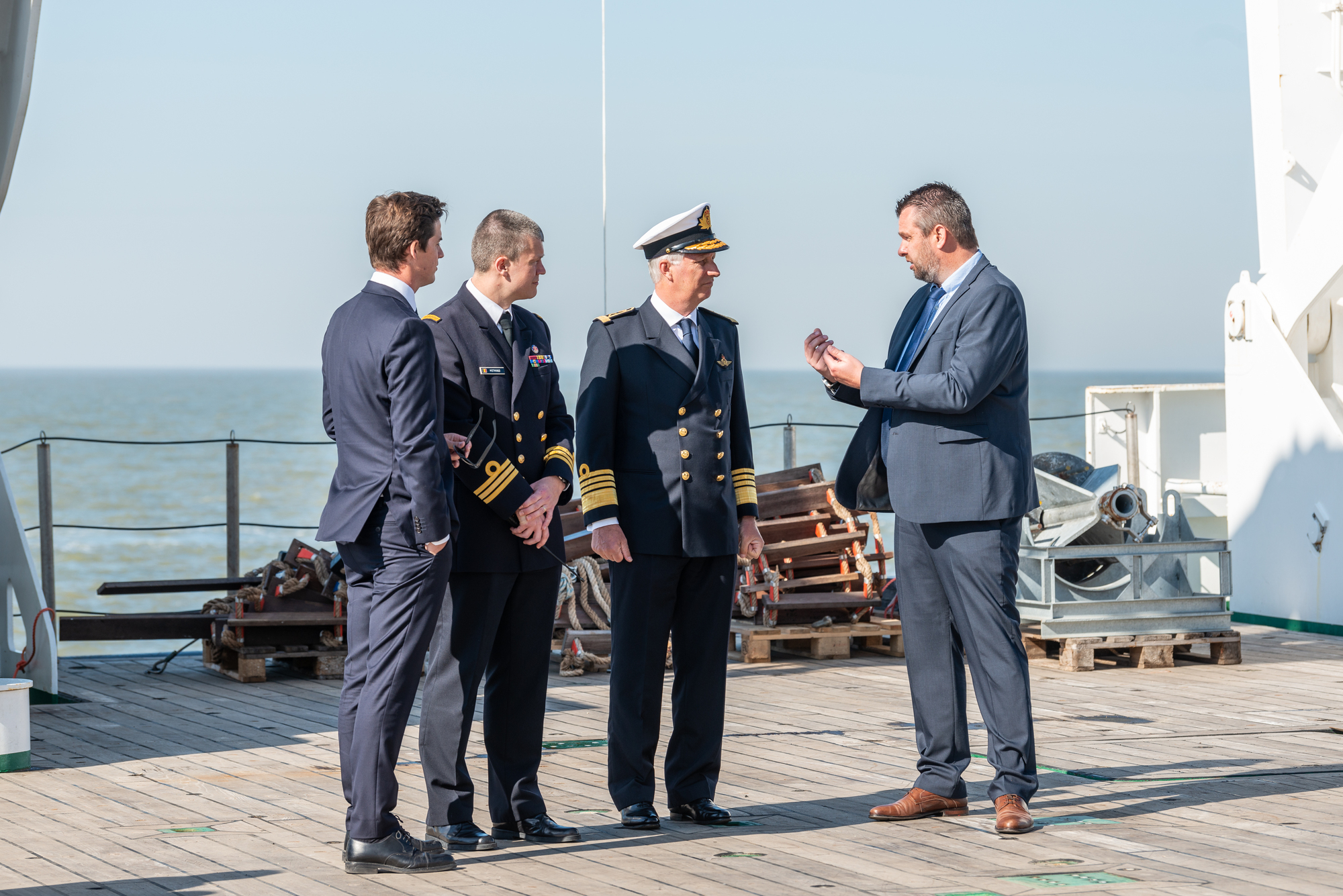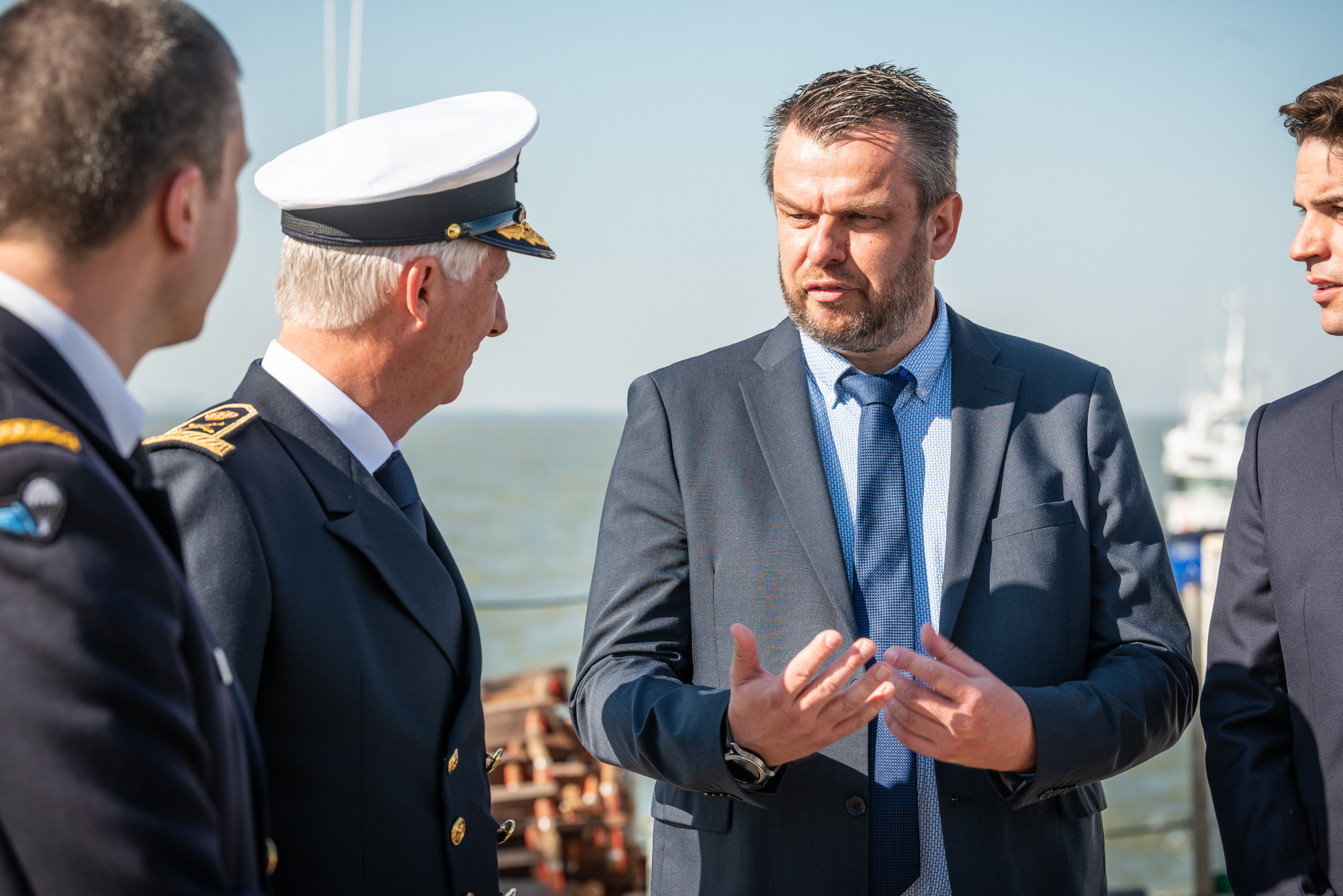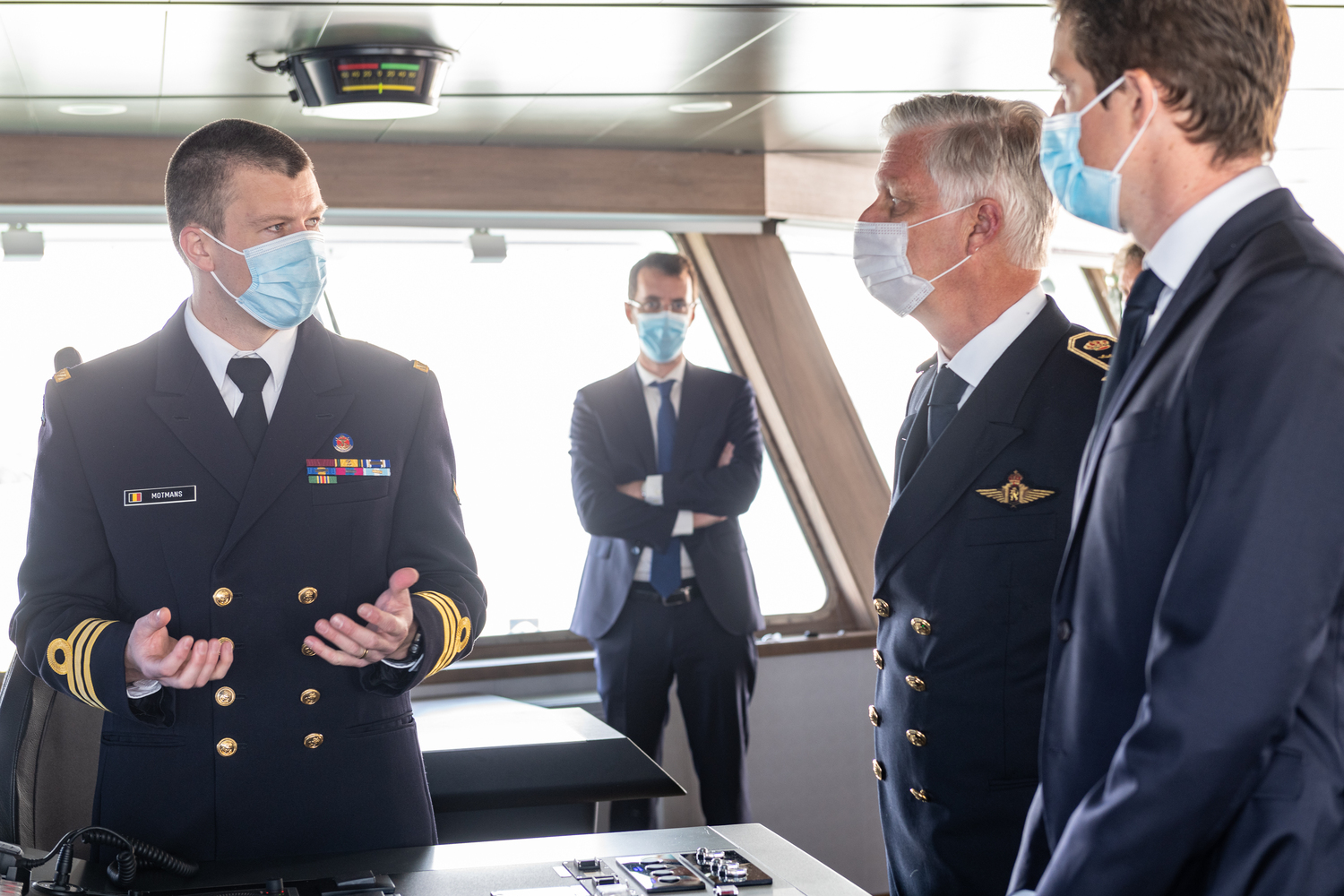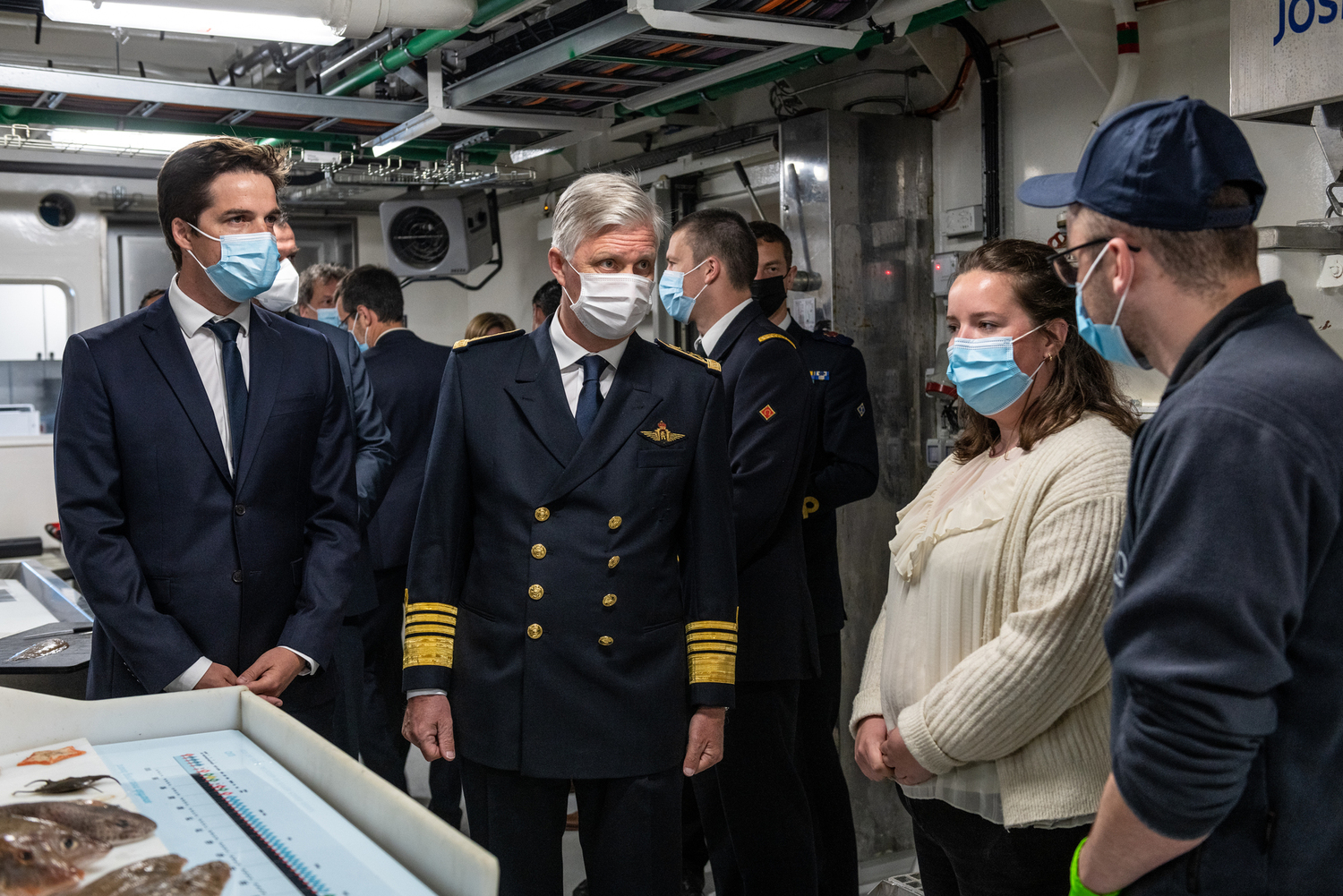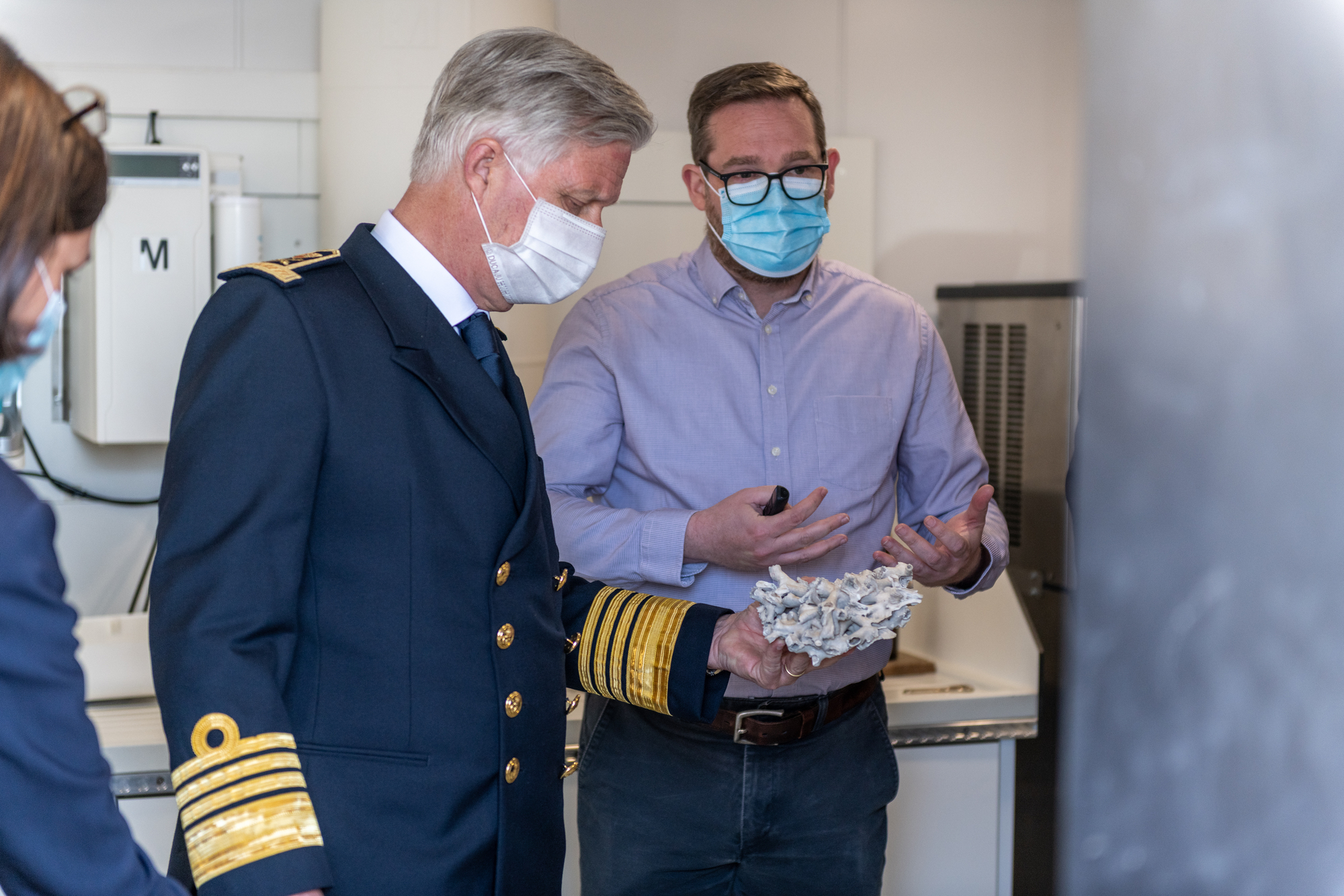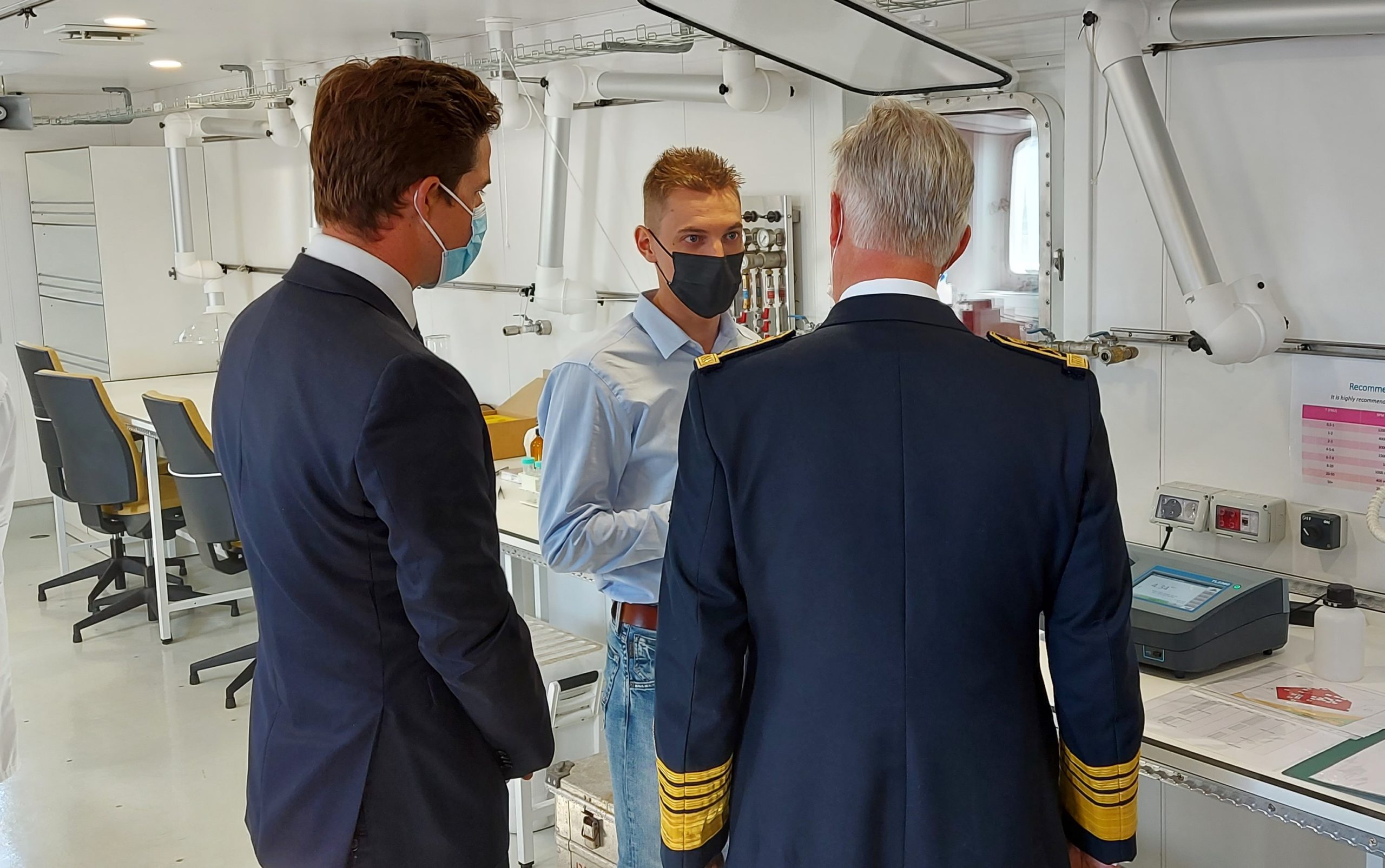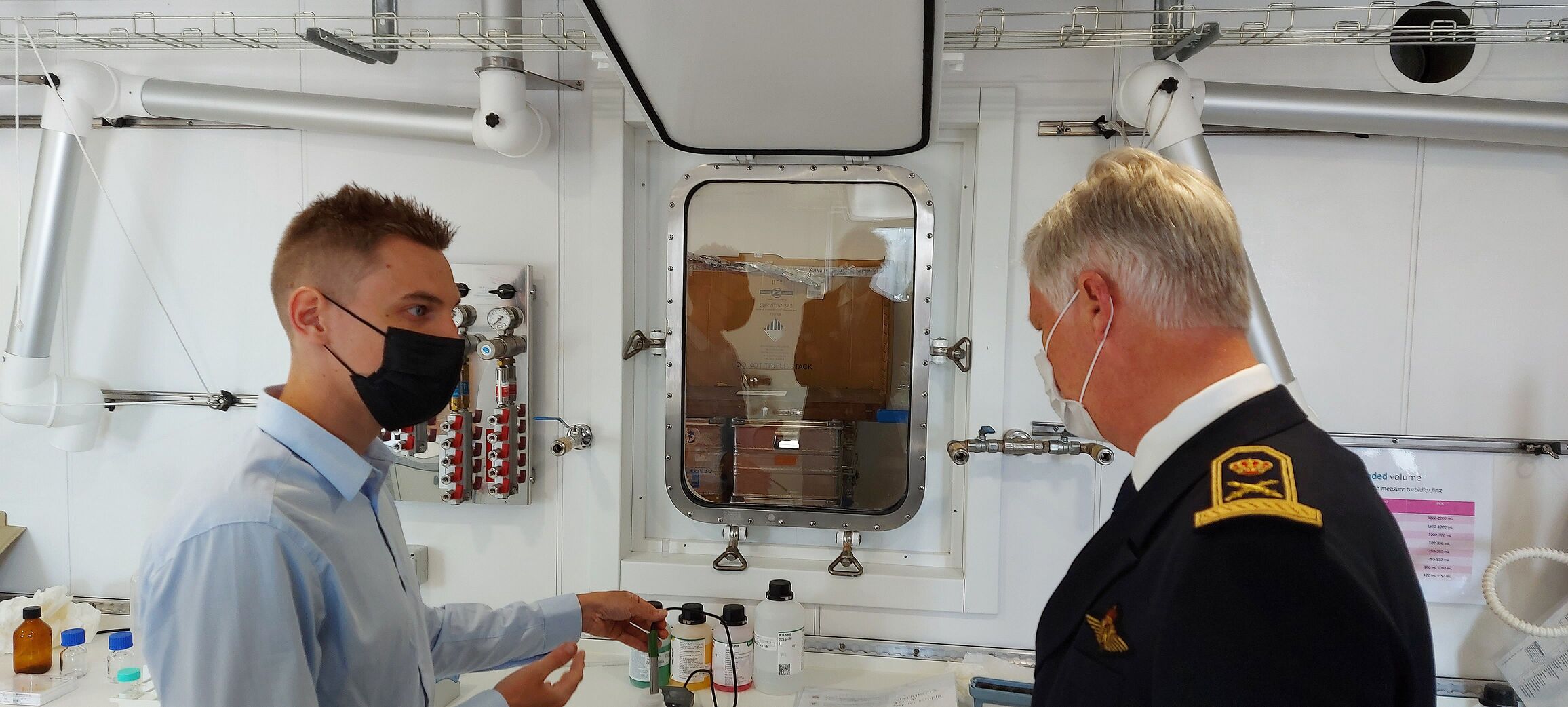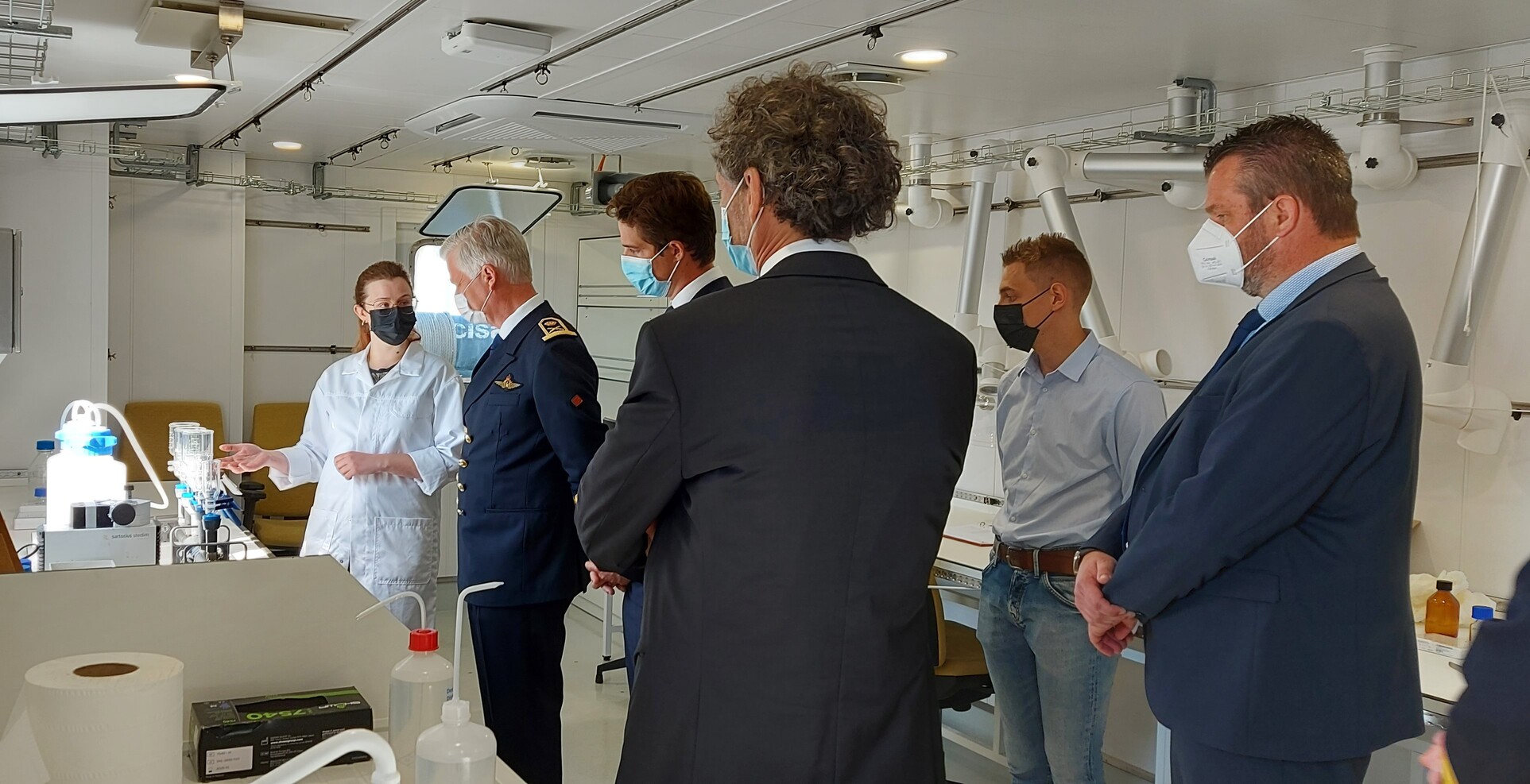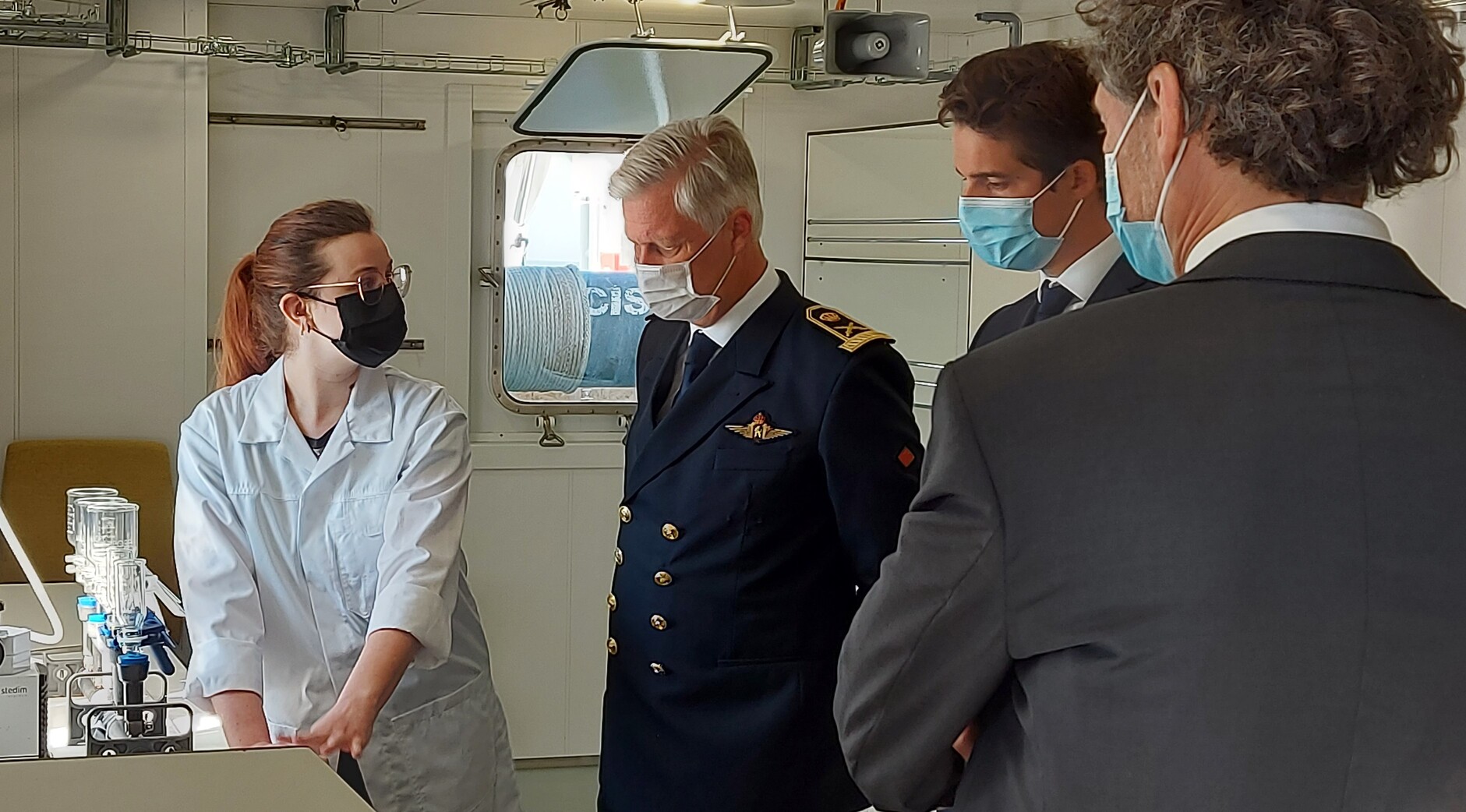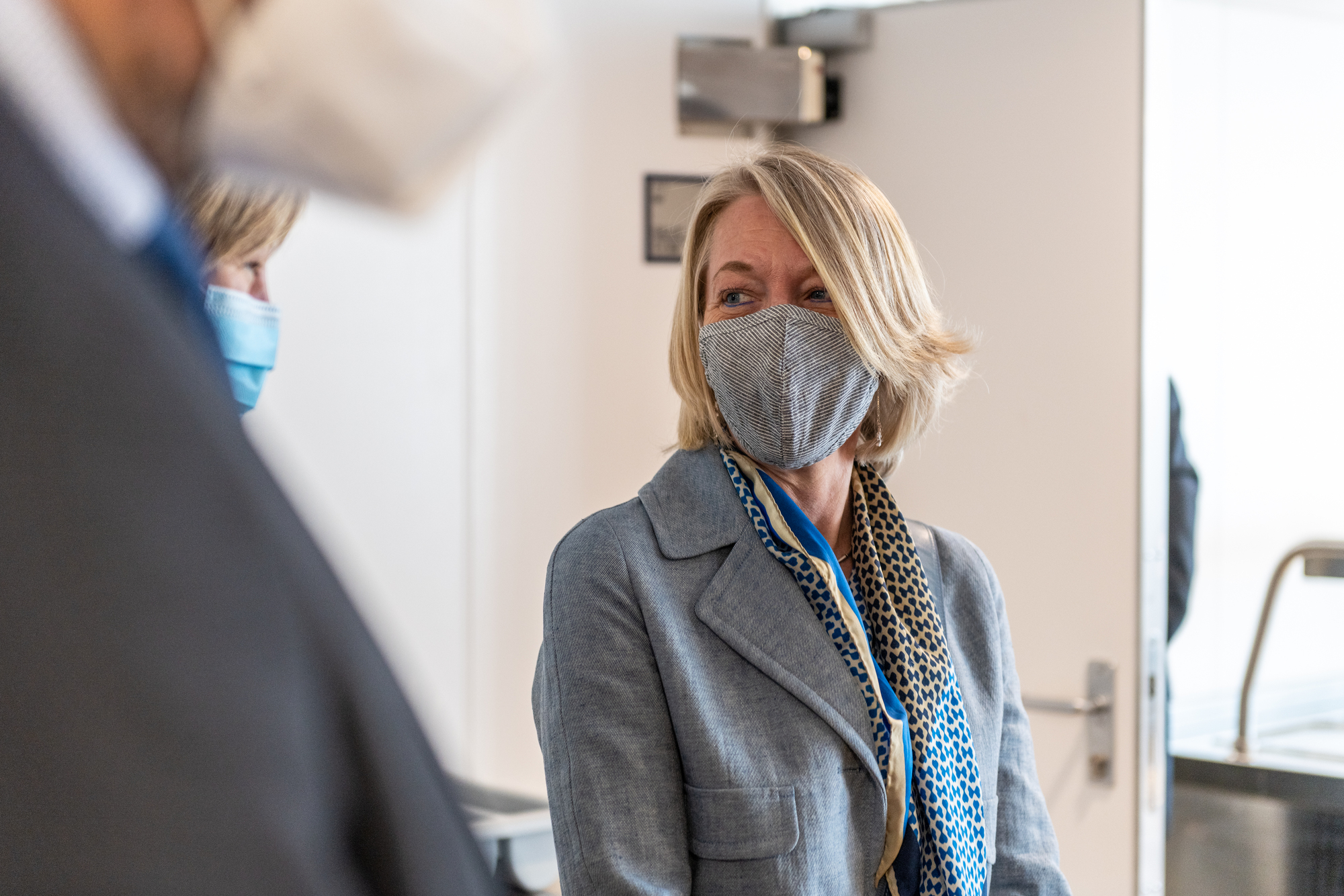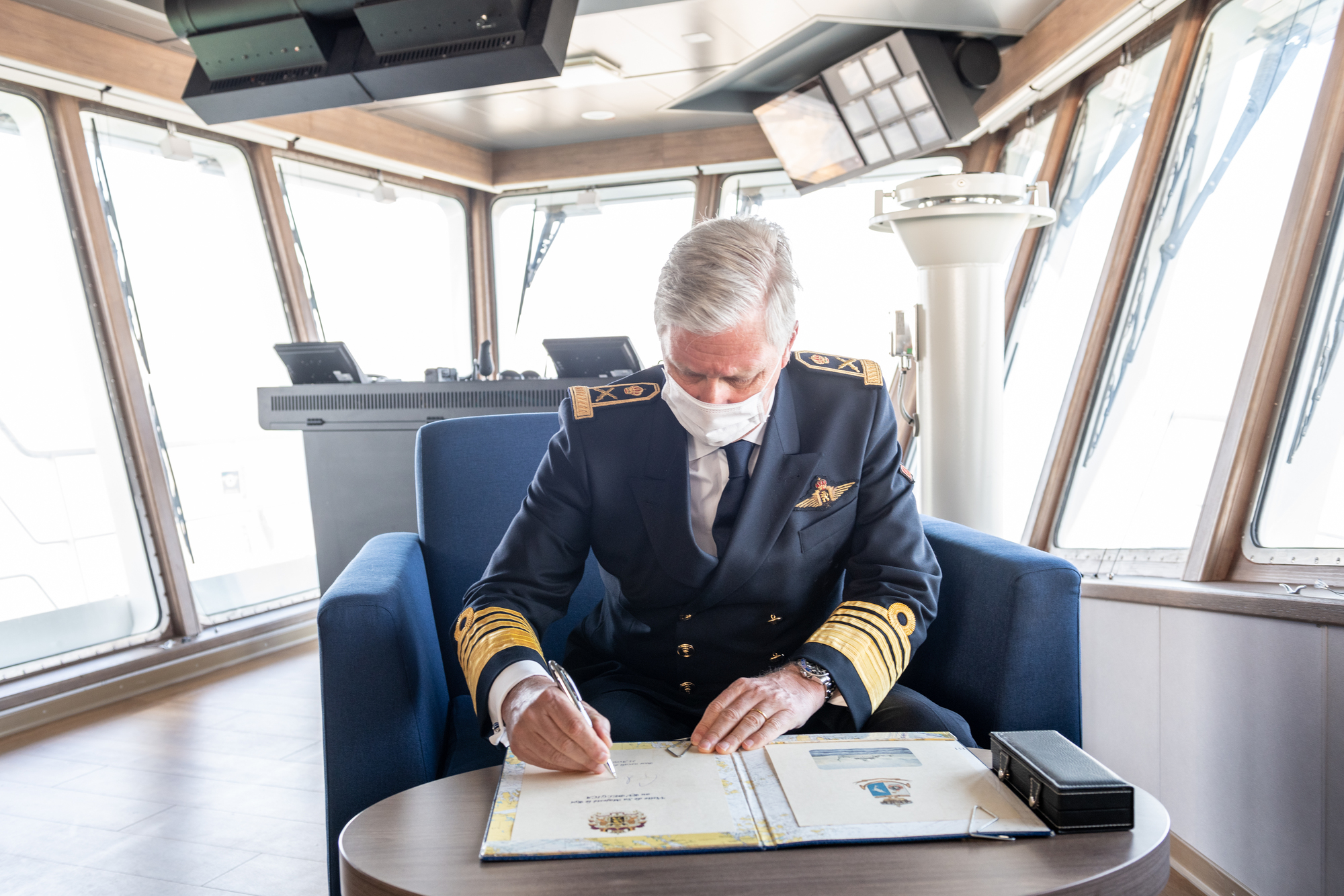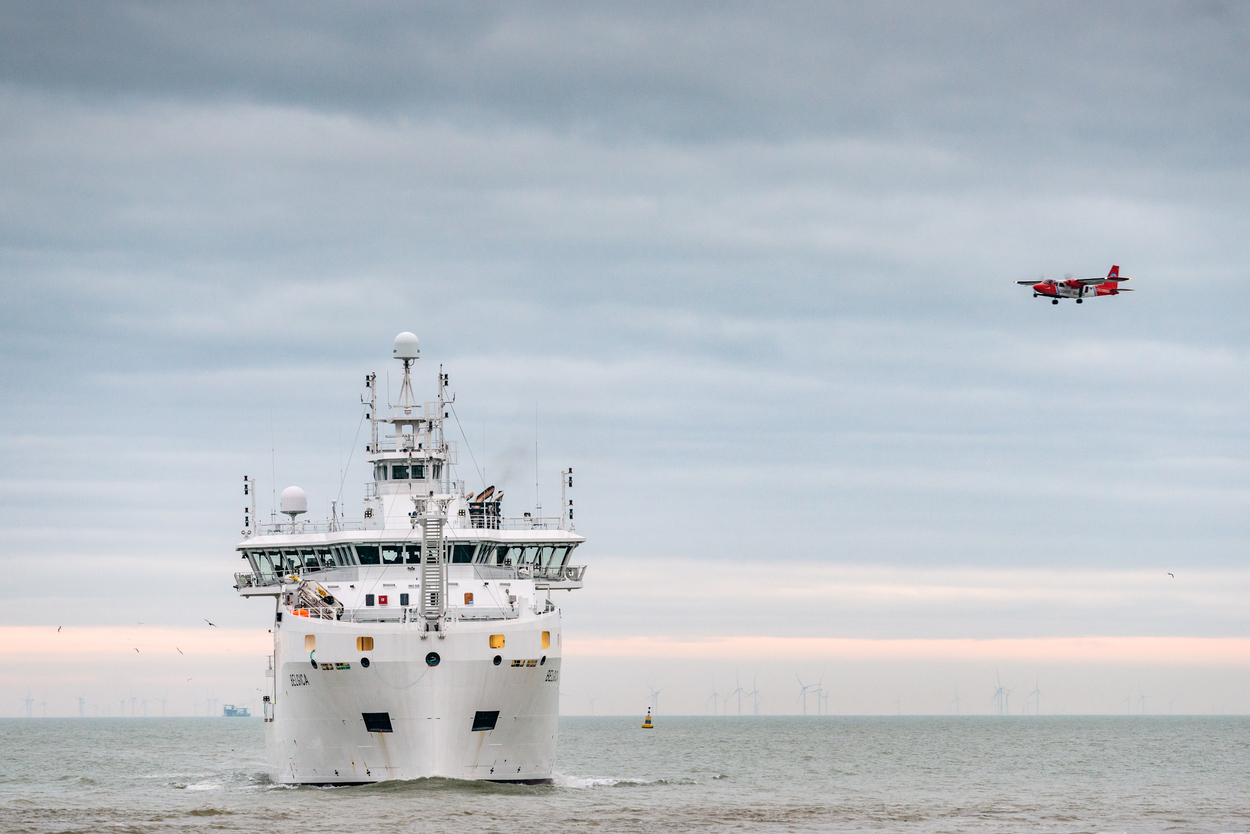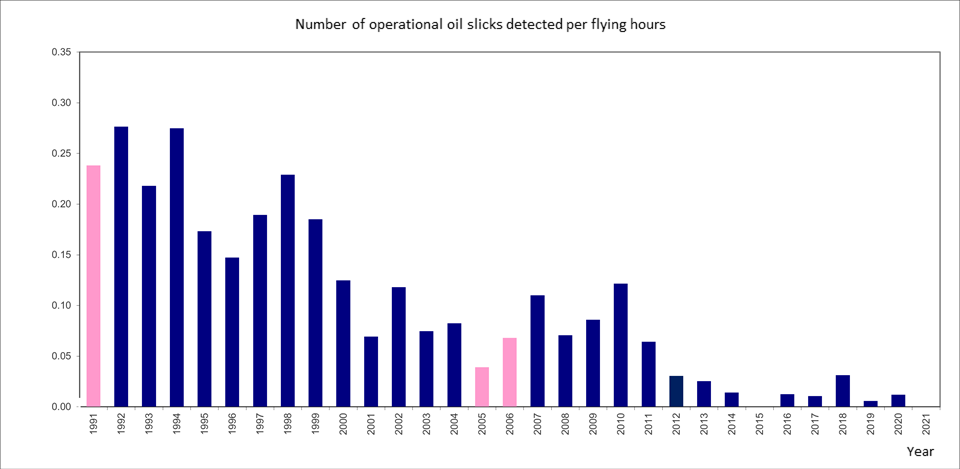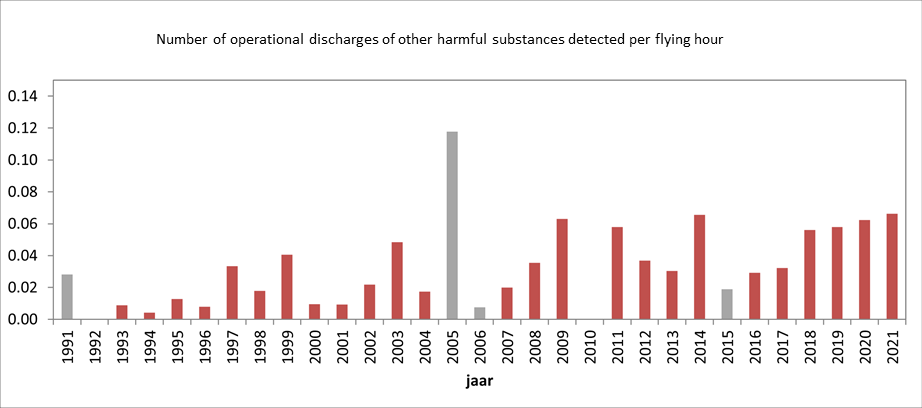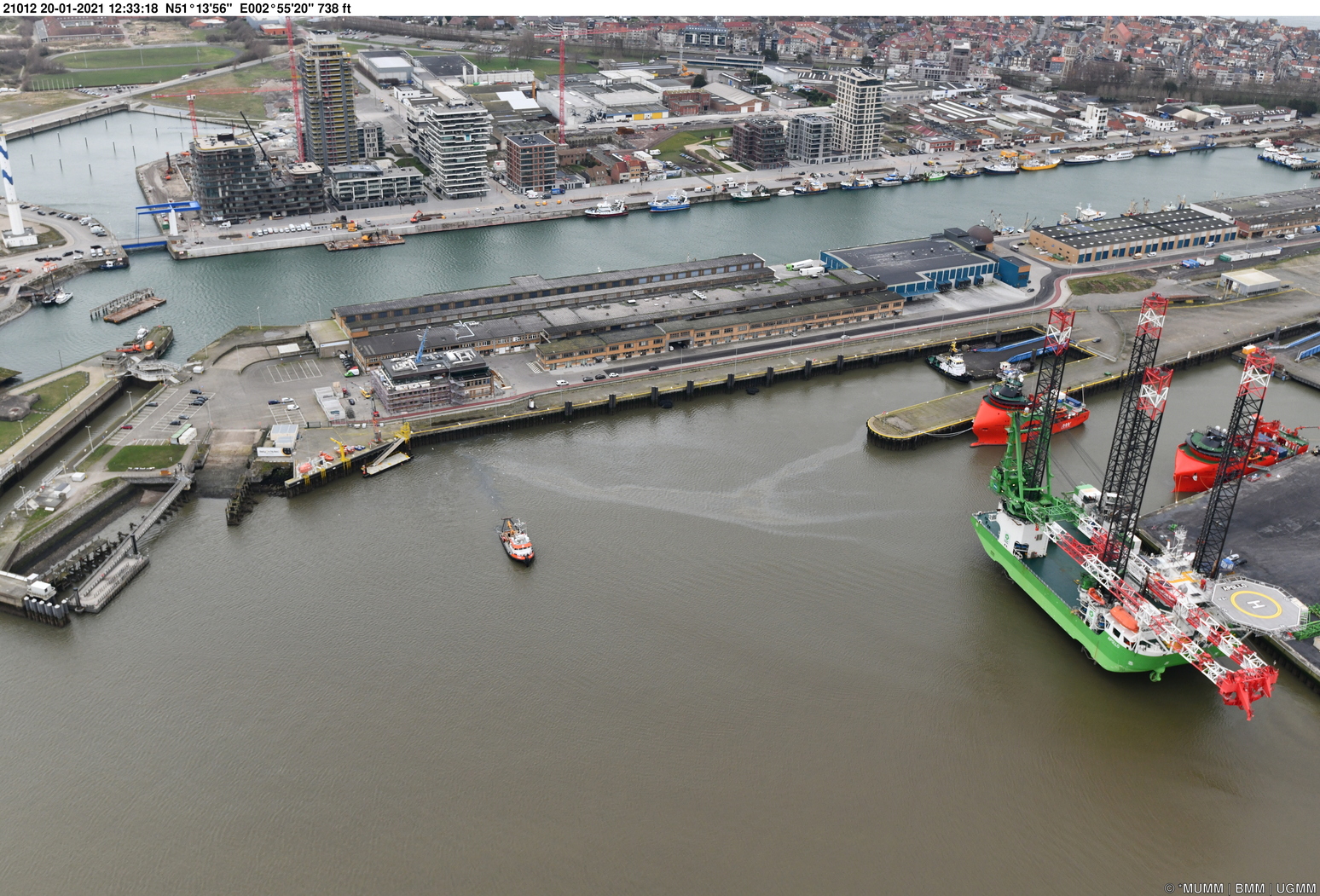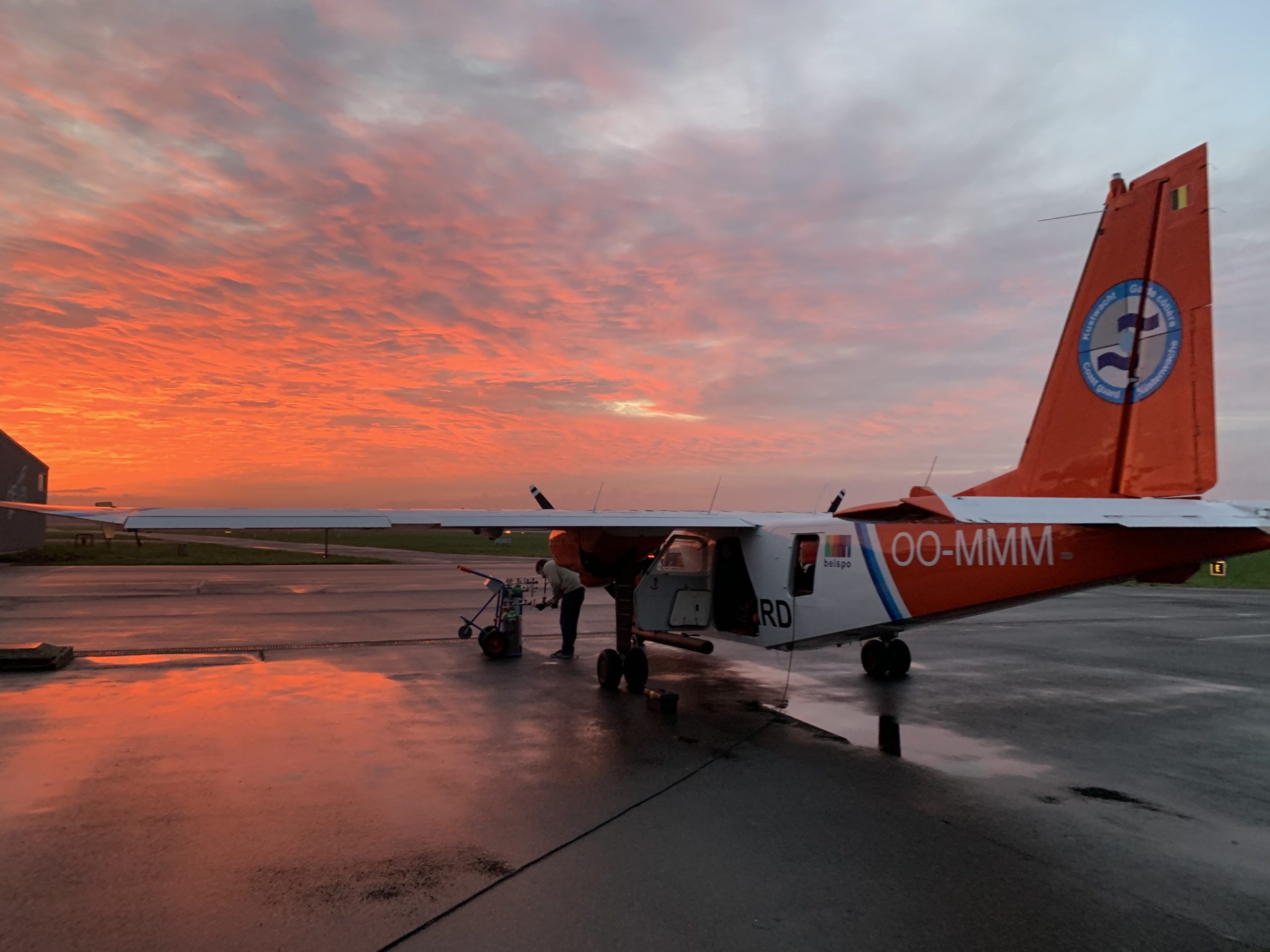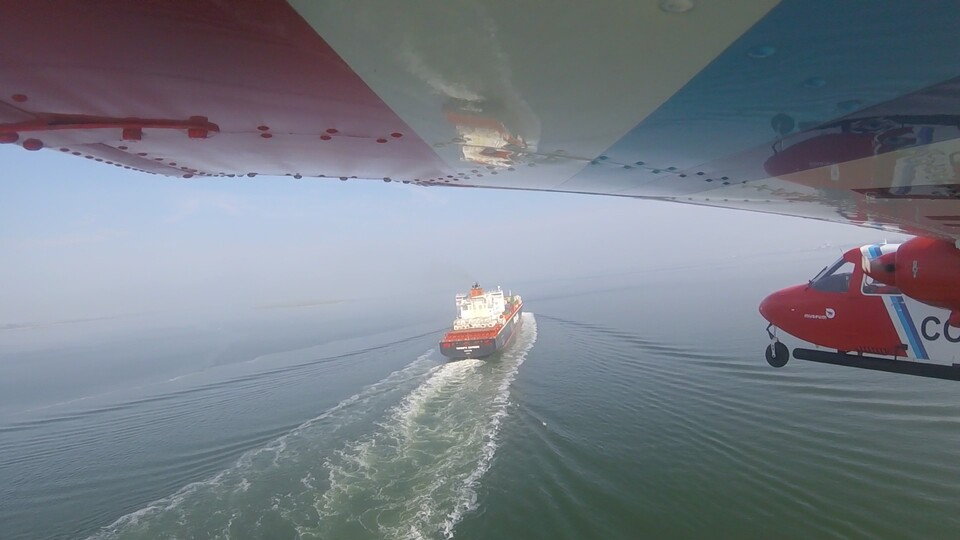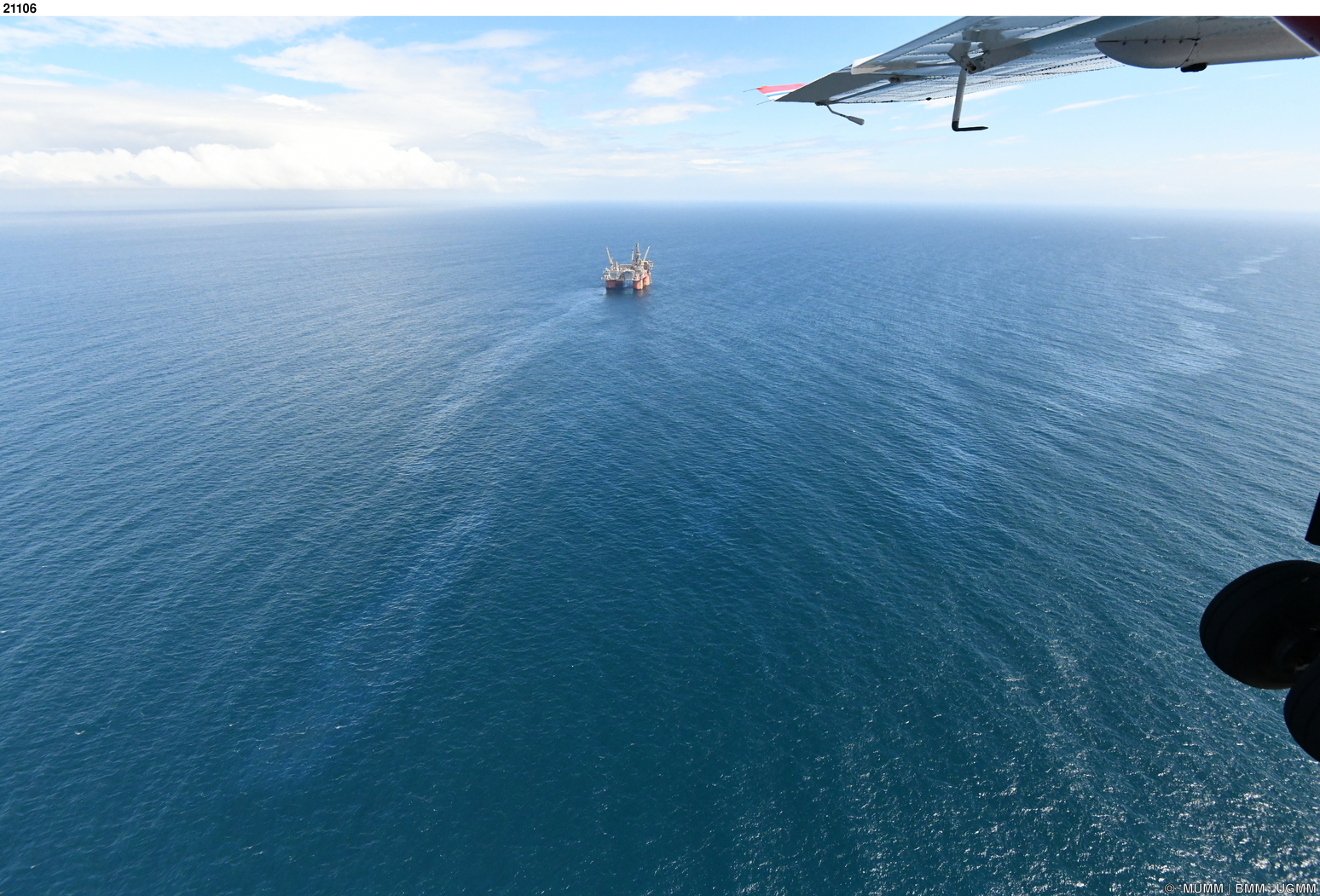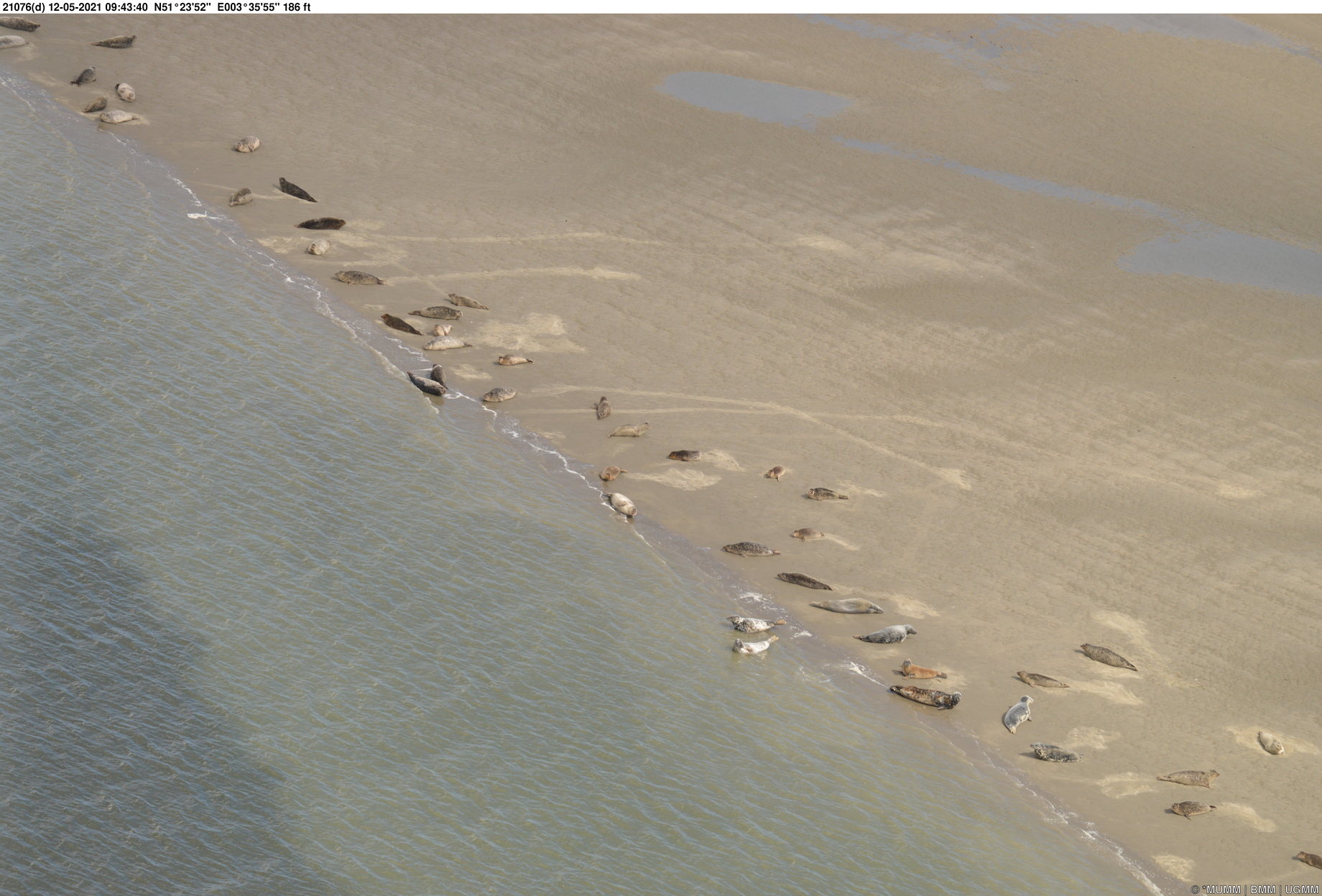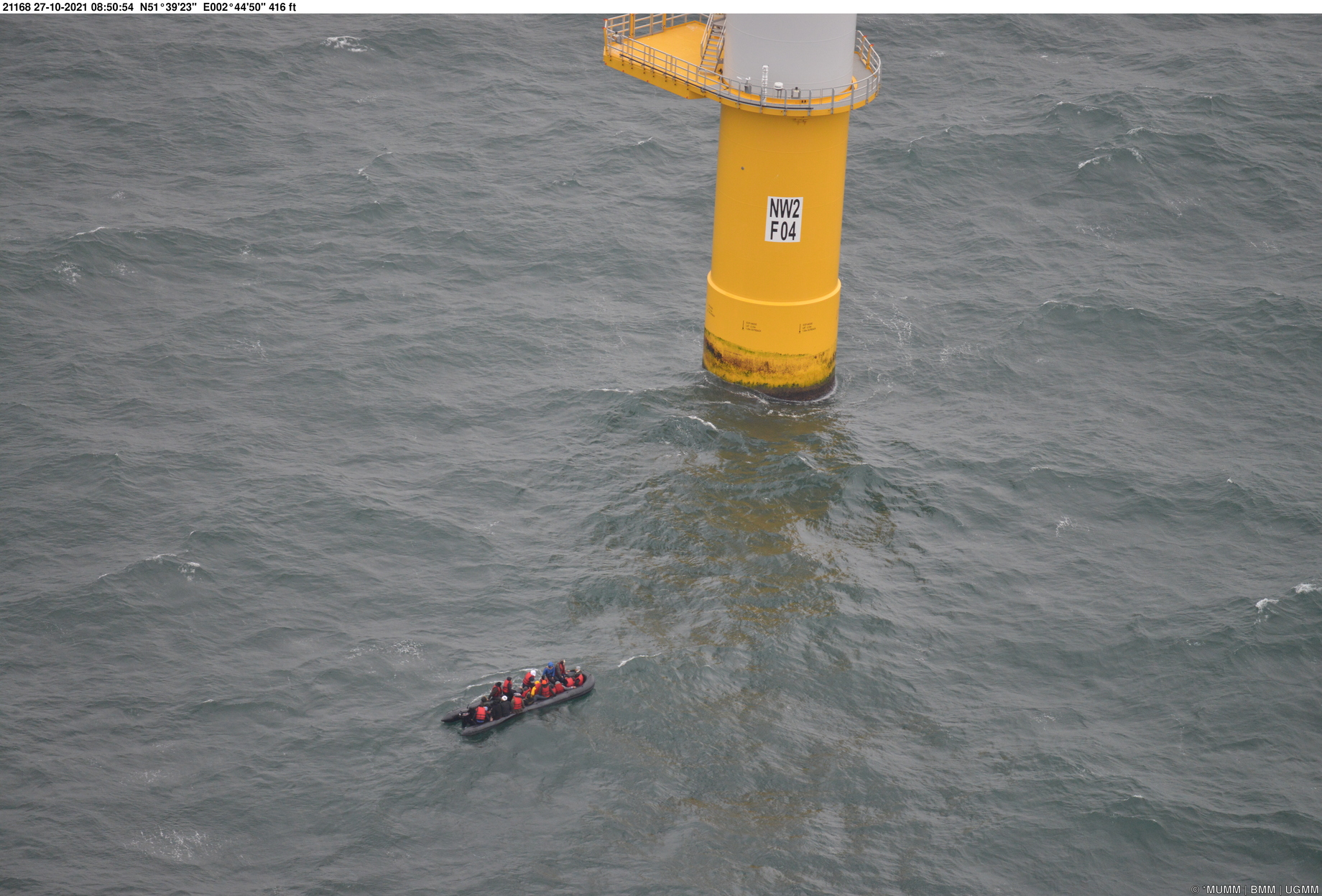On Saturday 25 June 2022, the new Belgian oceanographic research vessel RV Belgica was baptised. The official ceremony took place at the Rigakaai (North Sea Port) in the godfather city of Ghent, where the RV Belgica was moored for a few days for this occasion. None other than HRH Princess Elisabeth honoured the ship by accepting to act as godmother. After pronouncing the baptismal formula « I baptise you BELGICA and wish you and your crew a safe journey. » she successfully broke a bottle of champagne on the hull.
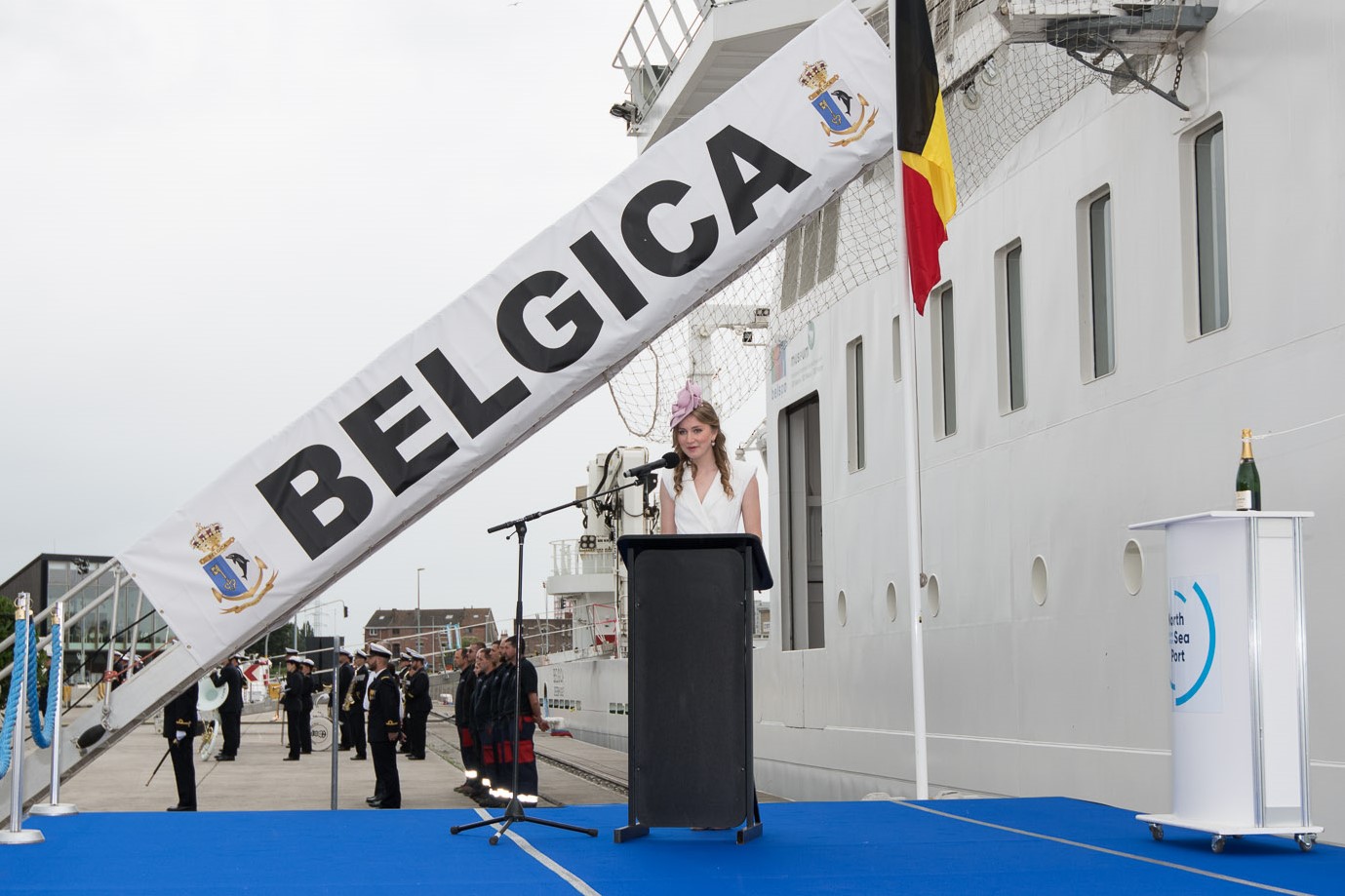
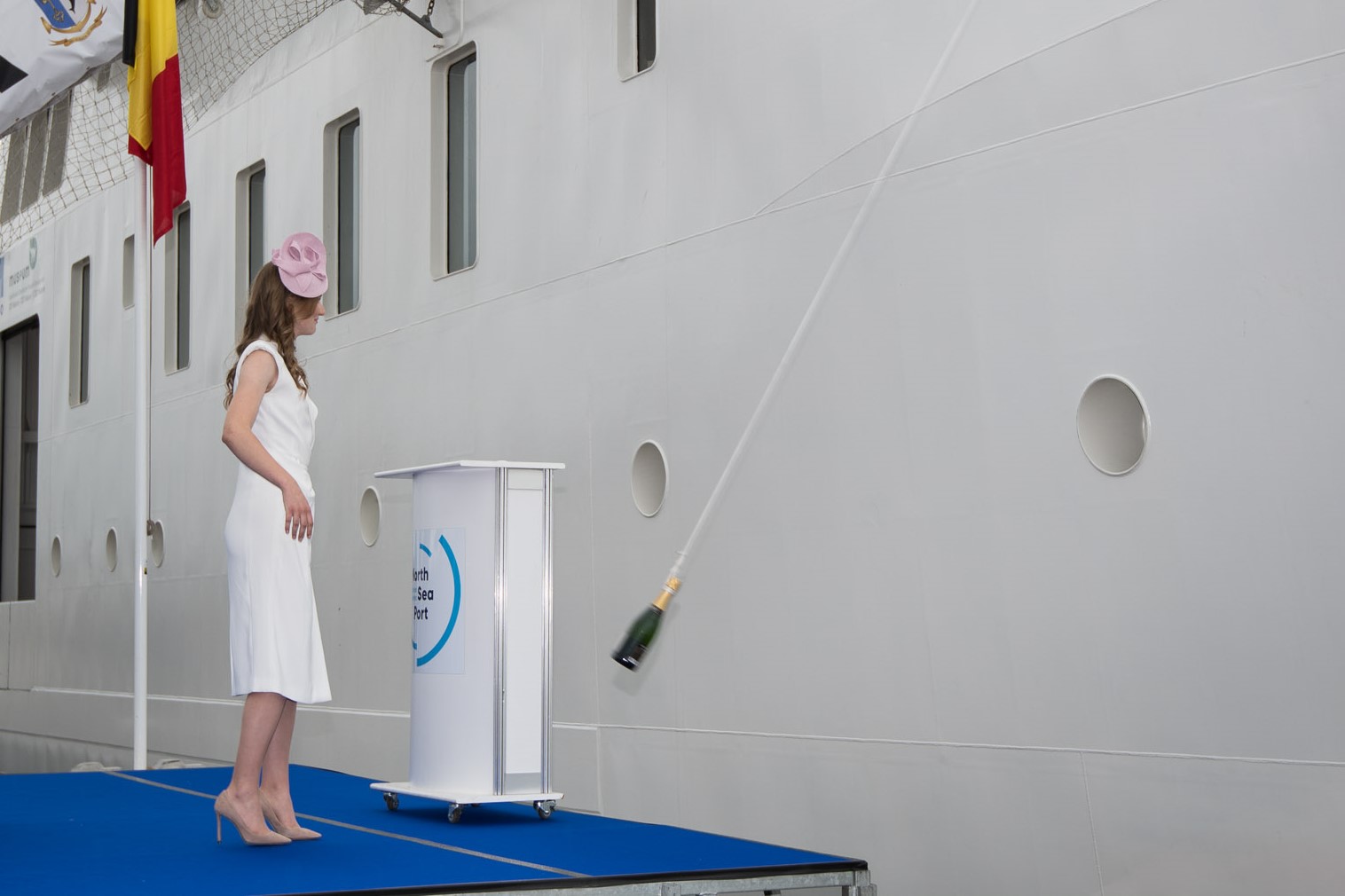
The baptism of a ship is a remnant of an ancient tradition. In ancient times, the aim was to obtain the grace of the gods by offering a sacrifice, in which the blood of a sacrificed person was used. Later, wine replaced the sacrificial blood. Among seafarers, the saying spread: ” A ship that has not tasted wine will taste blood “. The idea is that a ship that has not been baptised will encounter difficulties: storms, damage or accidents … Later still, wine was replaced by champagne, the very symbol of celebration, success and happiness! Today, of course, this is regarded as superstition, but a baptism ceremony is still the occasion to bring together all those involved in the building, exploitation and operation of a ship, to officially welcome it and to wish it a successful future. The RV Belgica, which arrived in Belgium on 13 December 2021 and started her scientific activities on 27 January 2022, can now set sail without fear of disaster (wink wink).
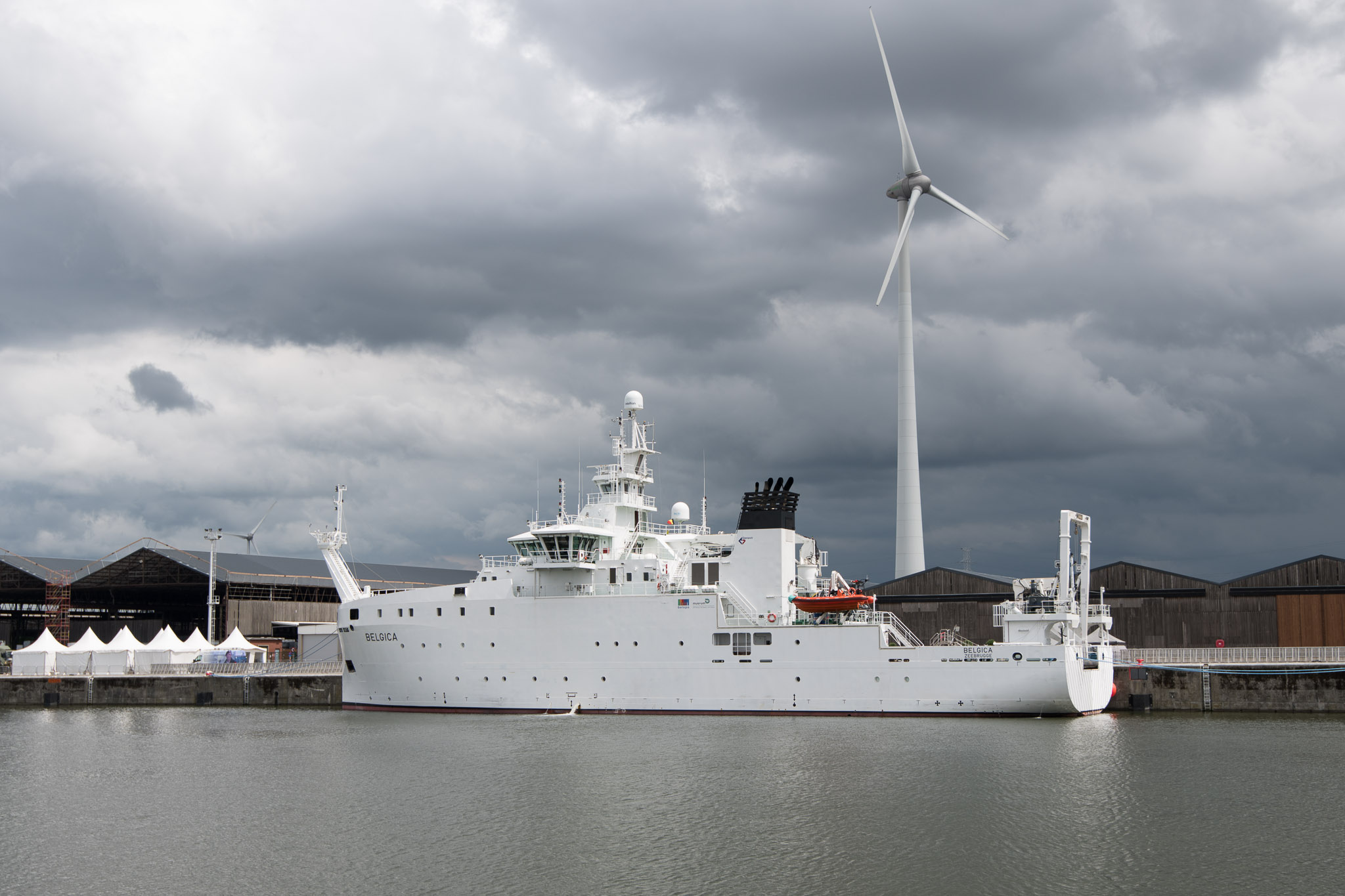
Prominent Attendees
The baptism ceremony of the RV Belgica was attended by Mr. Vincent Van Quickenborne, Deputy Prime Minister and Minister of Justice and the North Sea, Mr. Thomas Dermine, State Secretary for Relance, Strategic Investments and Science Policy, Admiral Michel Hofman, Rear Admiral of the King and Chief of Defence, Mrs. Carina Van Cauter, Governor of the Province of East-Flanders, Mr. Mathias De Clercq, Mayor of the city of Ghent, Mr. Arnaud Vajda, Chairman of the Belgian Science Policy Office, Divisional Admiral Jan De Beurme, Wing Adjutant of the King, Commander of the Navy and Deputy Admiral BENELUX, Mrs. Patricia Supply, General Director of the Royal Belgian Institute of Natural Sciences and Mr. Frank Monteny, General Director Research and Space of the Belgian Science Policy Office.
Numerous representatives from the scientific world, the various components of Defence, the local, provincial, regional and federal authorities, and the business community descended on the Rigakaai for the occasion. Mr Marcos Freire, General Director of Freire Shipyard, the Spanish shipyard that built the RV Belgica, Mrs Beatriz Larrotcha Palma, Ambassador of Spain to the Kingdom of Belgium, and Mr Eric Derriën, General Director of the operator Genavir, also attended the baptism ceremony.
Secretary of State Dermine: “The fact that Princess Elisabeth accepted to act as godmother of the RV Belgica is a great honour and a powerful signal that underlines our shared belief in an ambitious future for Belgian science policy. With no less than four times as much laboratory space as the previous Belgica, this 71-meter-long flagship will be able to make a strong contribution to marine research in Belgium and Europe. Ghent is a logical choice as a godfather: in the Artevelde city, the thirst for knowledge and the relationship with water determine the history, the identity and the future of the city.”
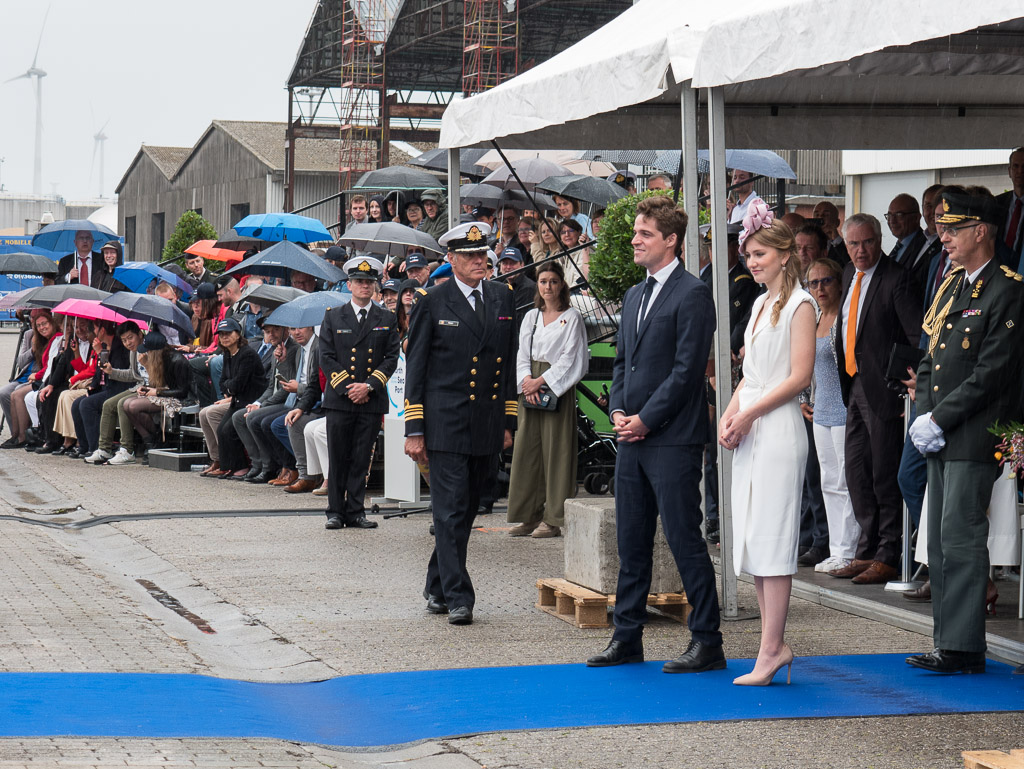
Lots of Protocol
After the presentation of the invitees and a word of welcome by Secretary of State Dermine, who presided over the ceremony, the actual baptism was the first ceremonial element of the event, which lasted just under an hour in total. However, those present were then presented with a great deal of additional protocol.
The following attributes were donated to the RV Belgica: the Geus (a square flag with the national tricolour which is waved by way of salute) was presented by Secretary of State Dermine, the flag of auxiliary ship of the Navy by Division Admiral De Beurme, and the ship’s bell (a bronze bell in which the ship’s name is engraved) by Mayor De Clercq.
This was followed, with the consent of HRH Princess Elisabeth, by the recognition of the Commander of the RV Belgica, Corvette Captain Gaëtan Motmans, by Division Admiral De Beurme. He then addressed Mrs Supply for the secondment of the Commander, the Second Officer and the Chief Mate to the Royal Belgian Institute of Natural Sciences.
The certificates about the sponsorship of the RV Belgica were exchanged by Commander Motmans and Mayor De Clercq, whereupon the Mayor addressed the public.
Finally, the Commander and crew of the RV Belgica embarked, and Secretary of State Dermine invited HRH Princess Elisabeth for a visit on board, where she signed the golden book and received some technical and scientific demonstrations.
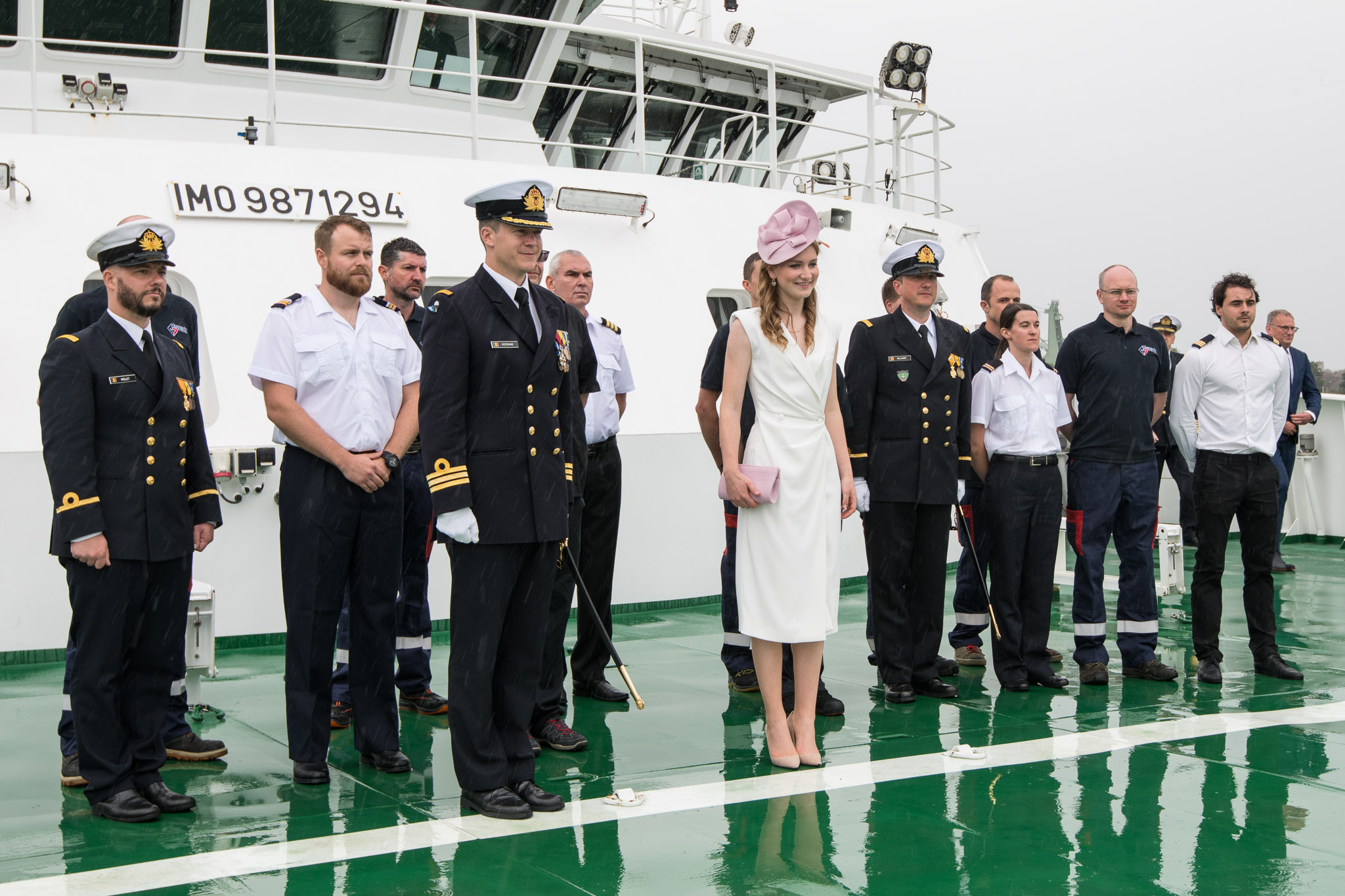
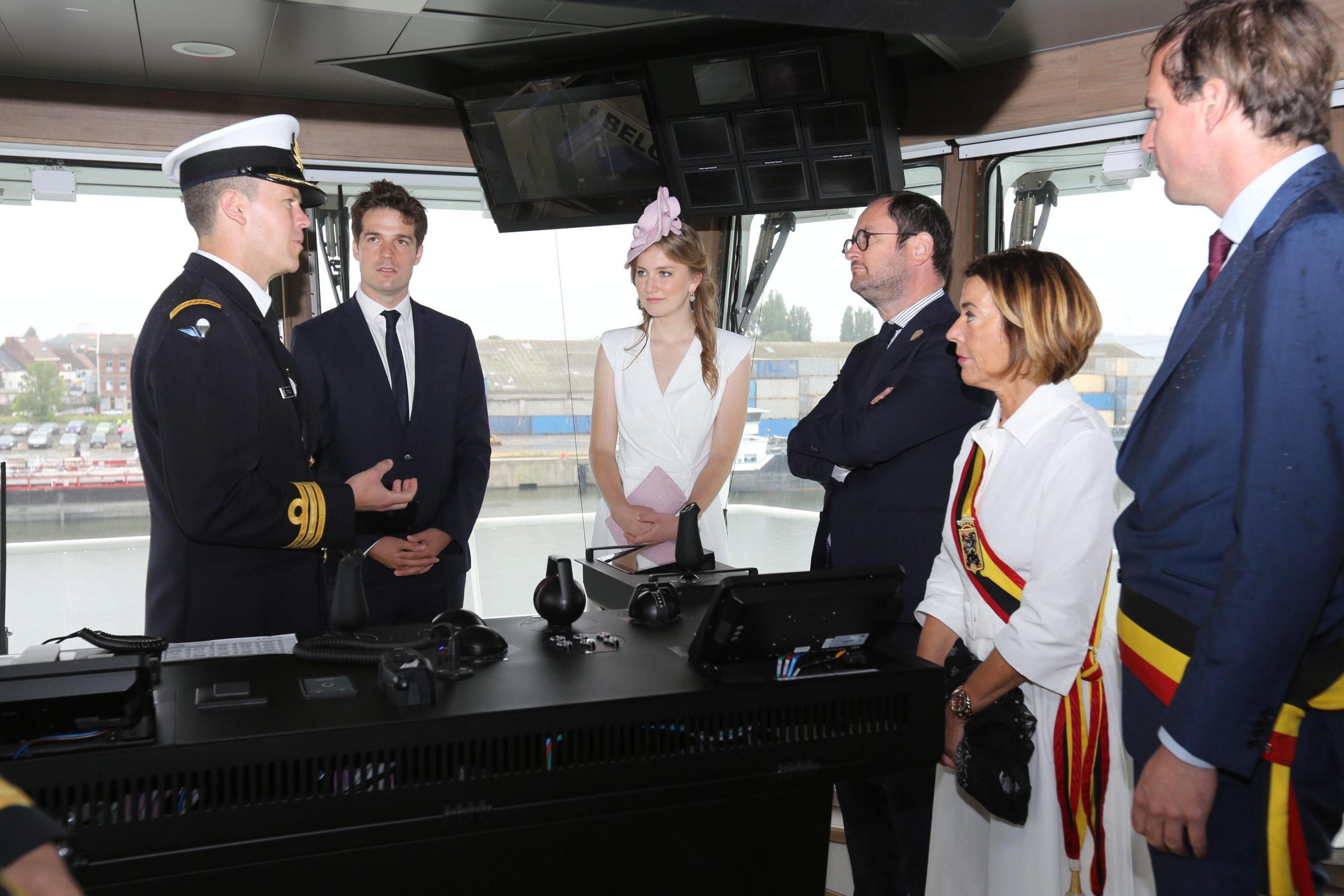

Additional Activities
Adding to the stay of the RV Belgica in Ghent, some activities accessible to the public were organised. On Friday 24 June, the scientific symposium ‘RV Belgica – A ship for the future’ took place in the Aula of Ghent University, and on Saturday 25 June (morning) and Sunday 26 June (entire day), the public was given the opportunity to visit the ship. A science fair was also held on board, where various scientific users presented and demonstrated their activities. The fact that seats had to be reserved for a visit to the RV Belgica and the science fair was not a superfluous measure: the RV Belgica was continuously filled to capacity.
On the Rigakaai there was also a technology fair where visitors could discover the activities of DEME/NH Marine, Expo Marine, Hulpbetoon van de Marine/Entraide de la Marine, IC Defence, ABC Engines, North Sea Drones, Statamat and Thales. There were also several food trucks and opportunities for a drink, while young and less young children could enjoy themselves on a bouncy castle, climbing wall and death ride.
The baptism ceremony of the RV Belgica and the welcome activities were jointly organised by the Belgian Science Policy Office (BELSPO), the Royal Belgian Institute of Natural Sciences (RBINS), the Belgian Navy, the Cabinet of the Secretary of State in charge of Science Policy, the Military Household of the King, the operator Genavir, North Sea Port, the City of Ghent and the University of Ghent, with the support of the Local Police Ghent, the Maritime Police and the Fire Brigade Zone Centre.
The Belgian Science Policy Office (BELSPO) represents the Belgian State as the owner of the RV Belgica, the Royal Belgian Institute of Natural Sciences (RBINS) manages the calendar, budget and scientific instrumentation, the Belgian Navy provides the bridge personnel and the home port of Zeebruges, and the operator Genavir is responsible for the integrated management and operation of the ship.

